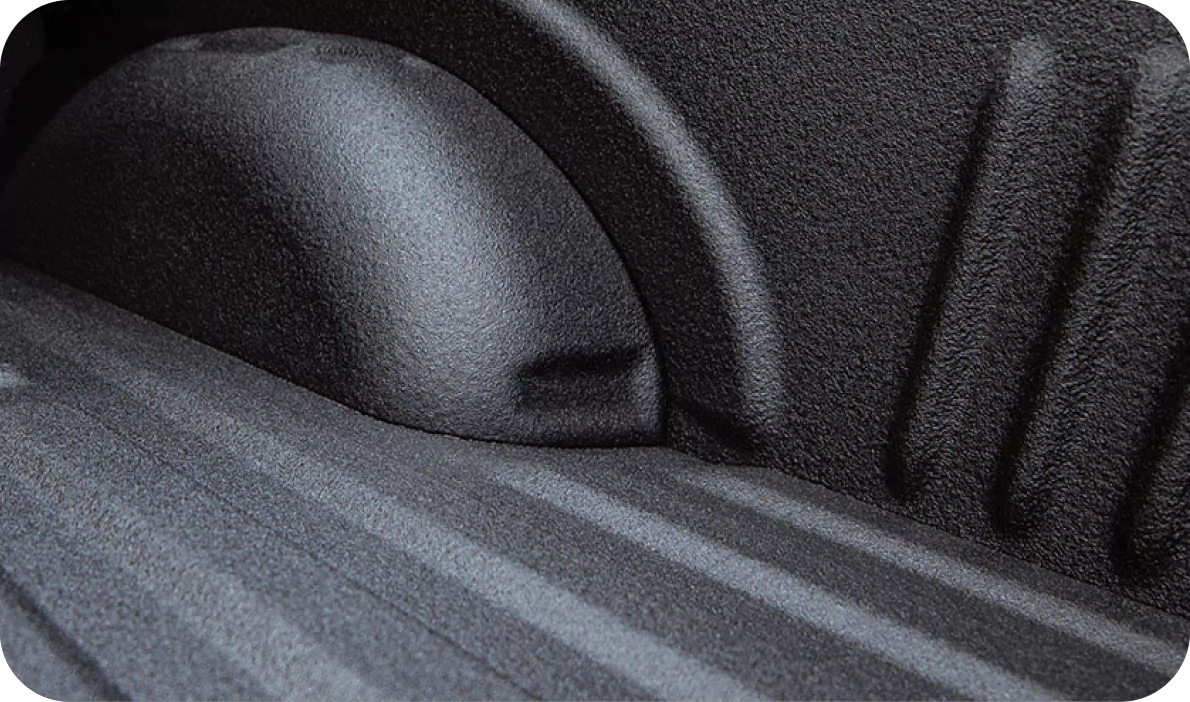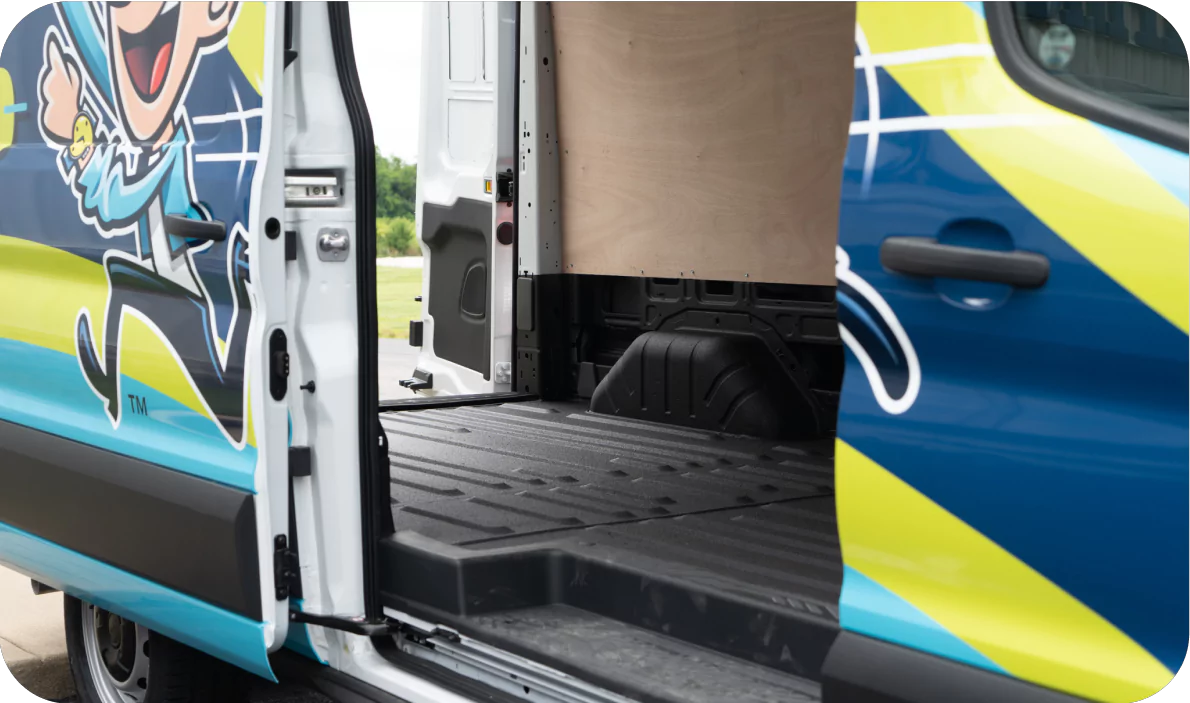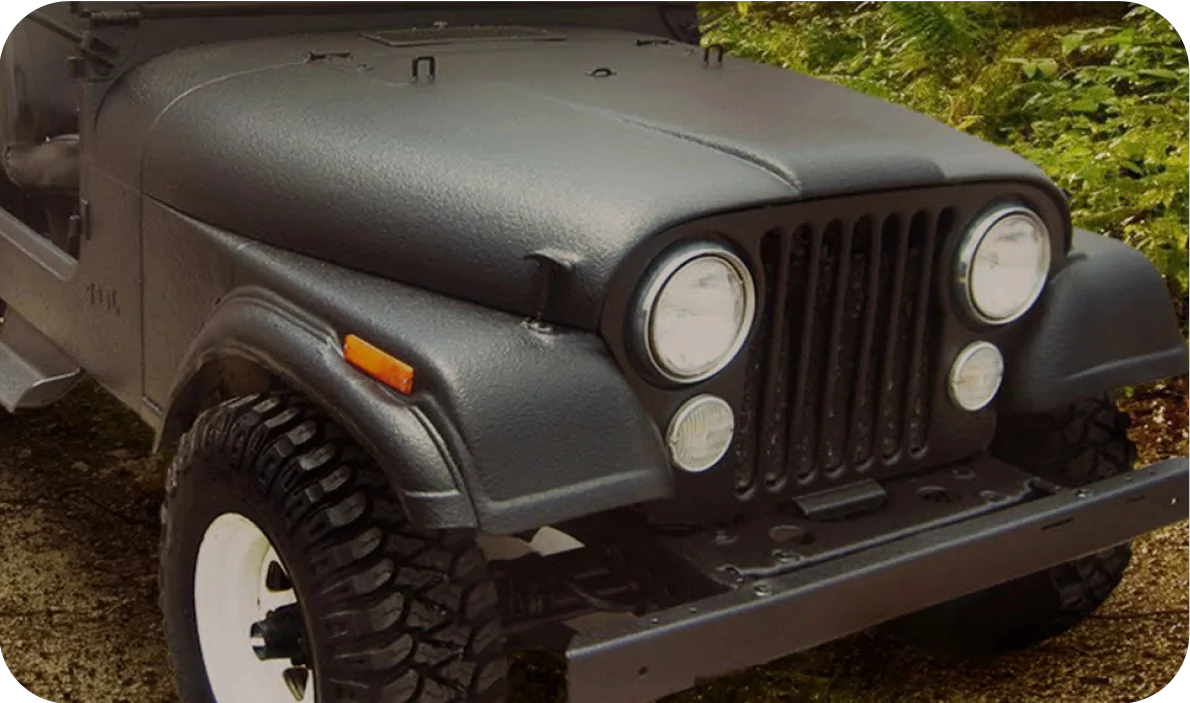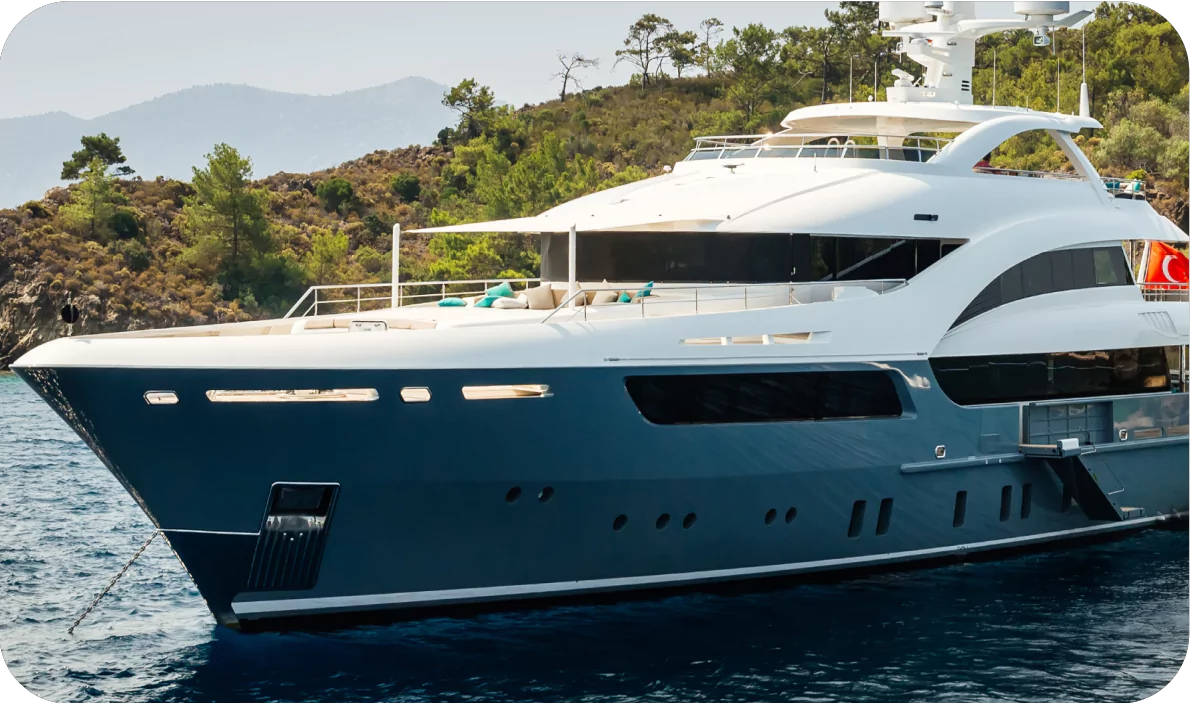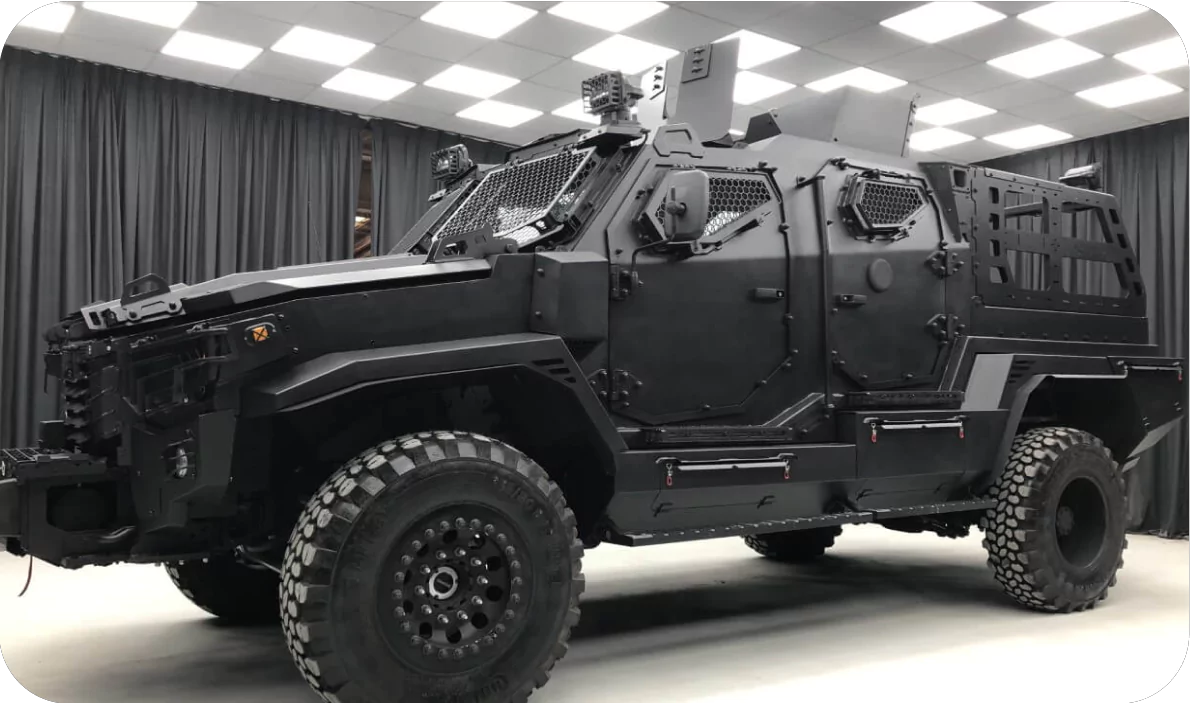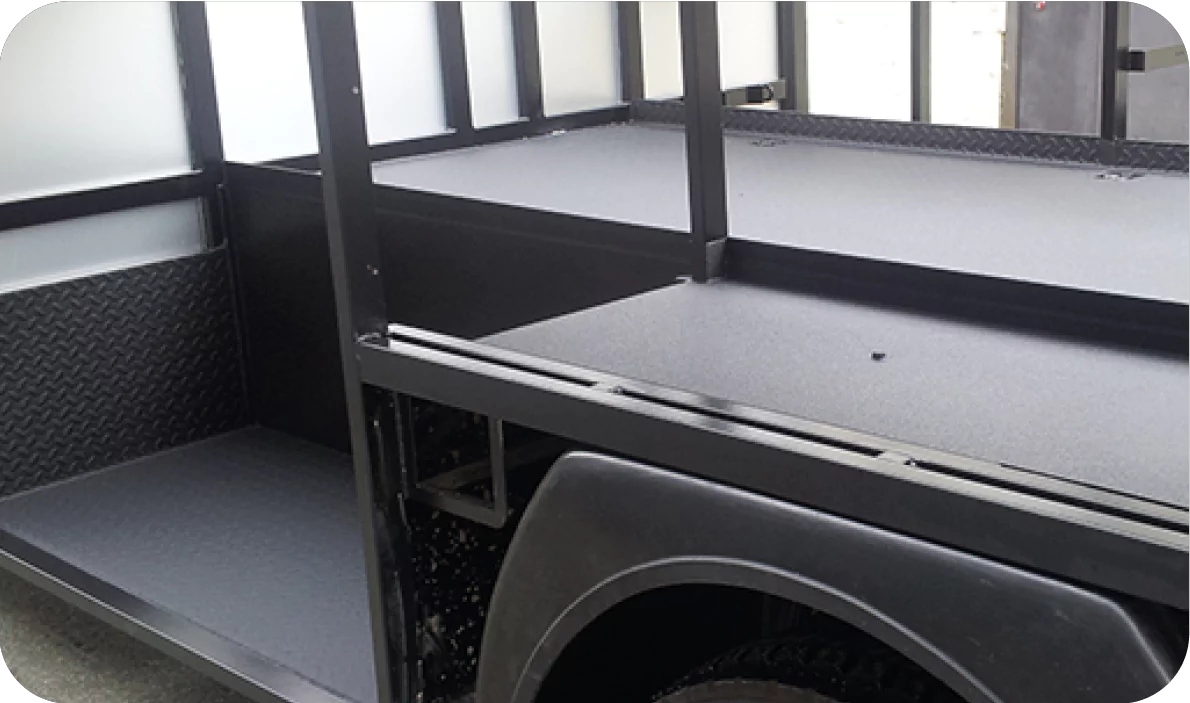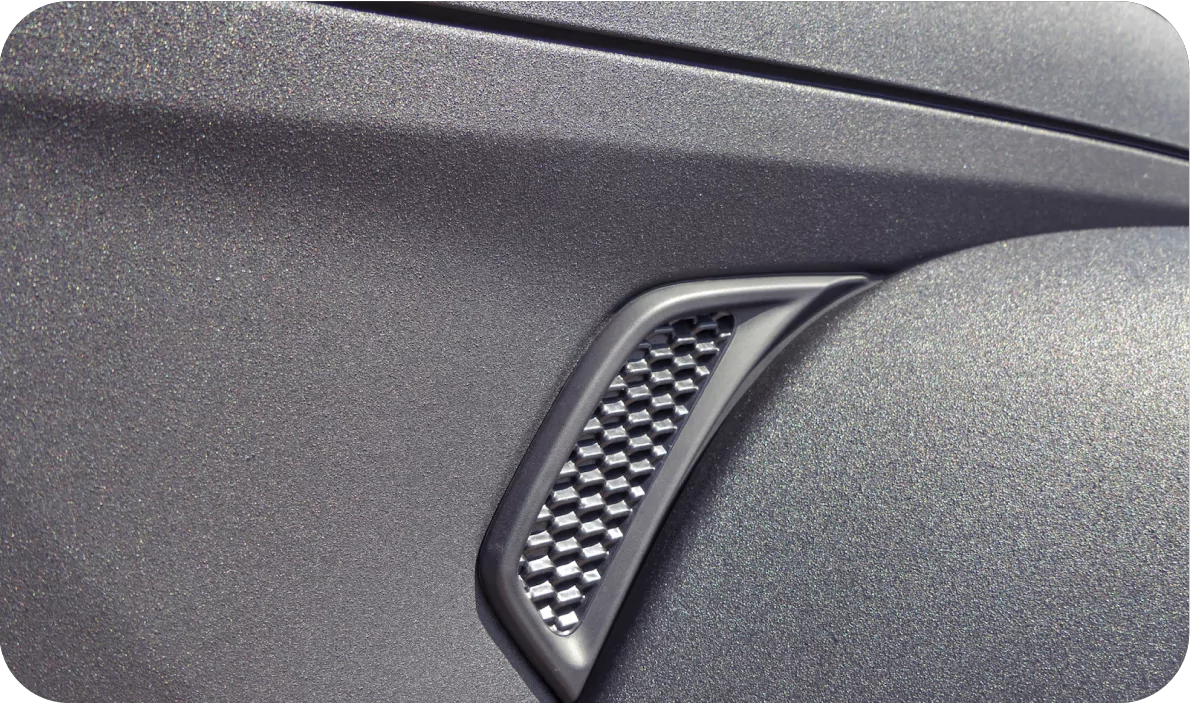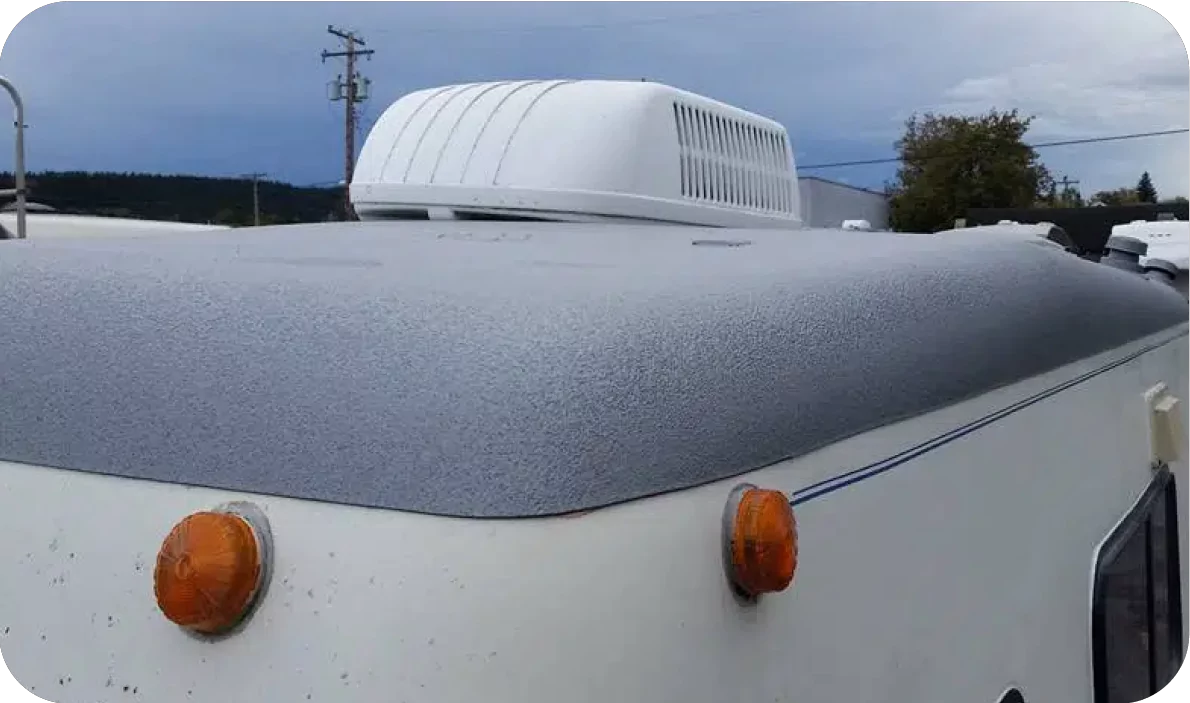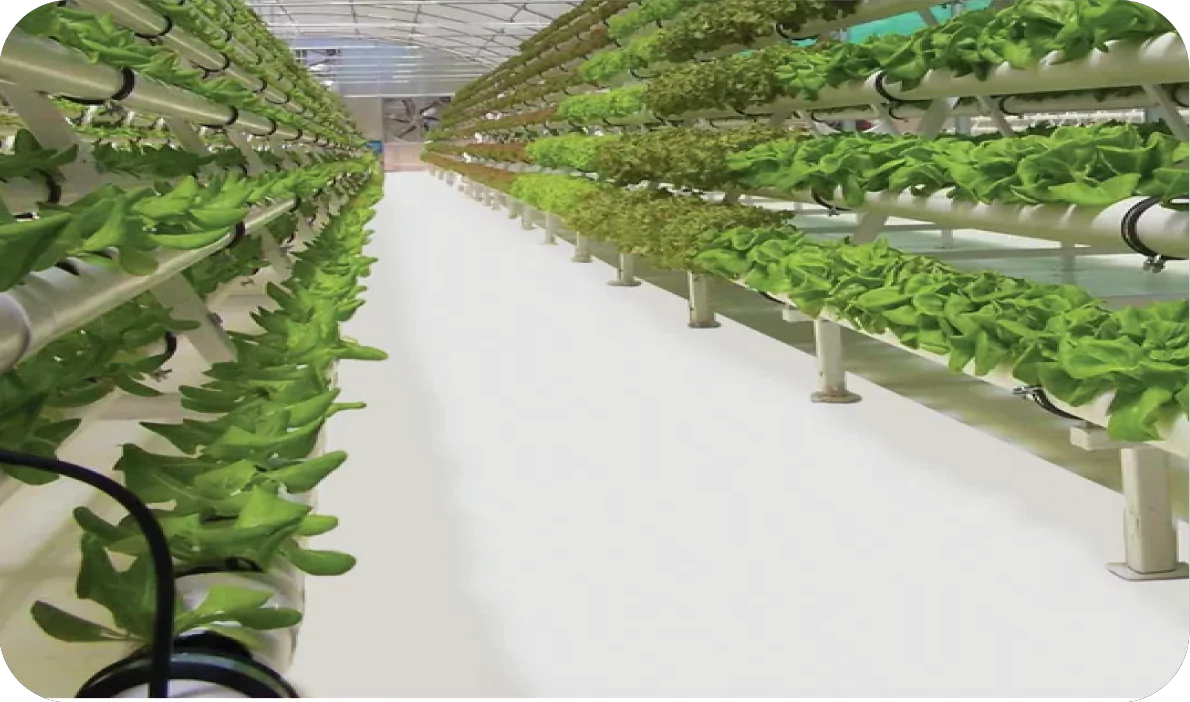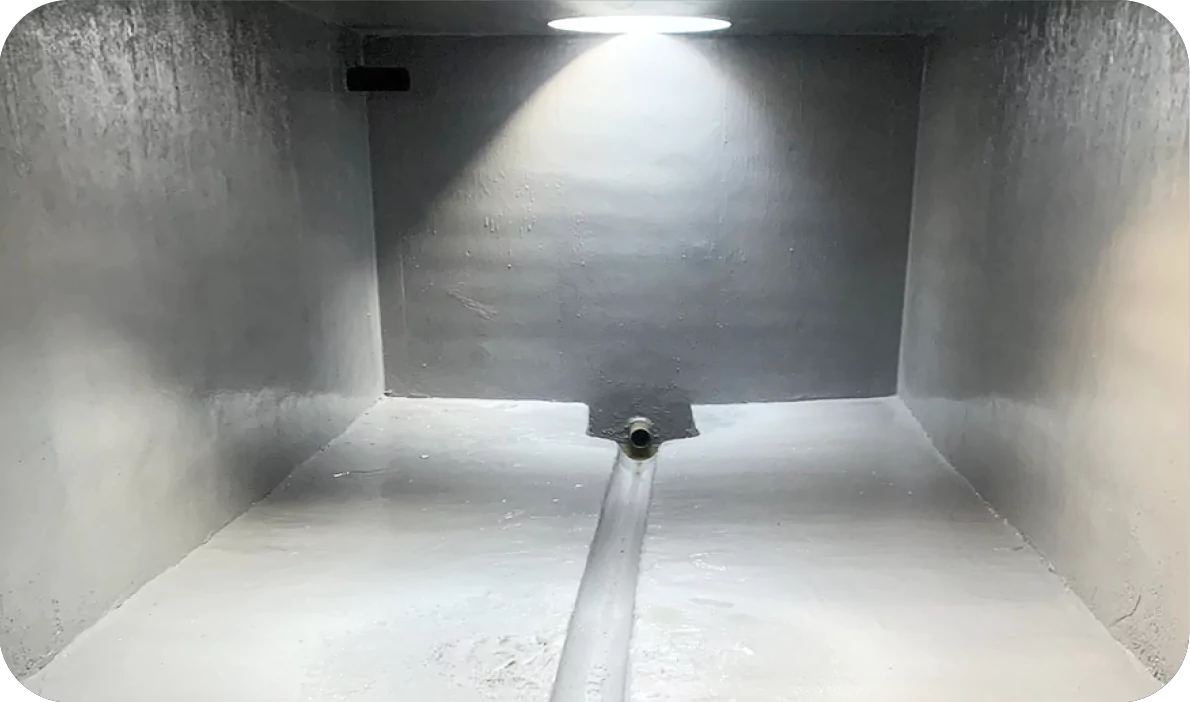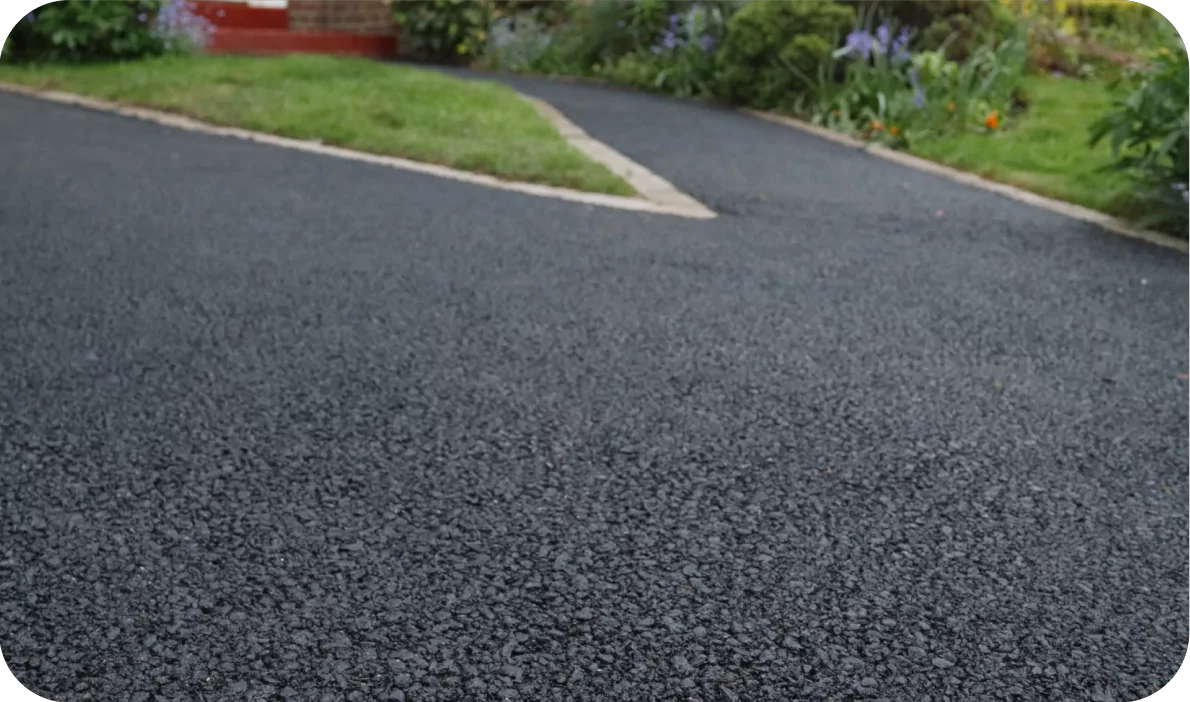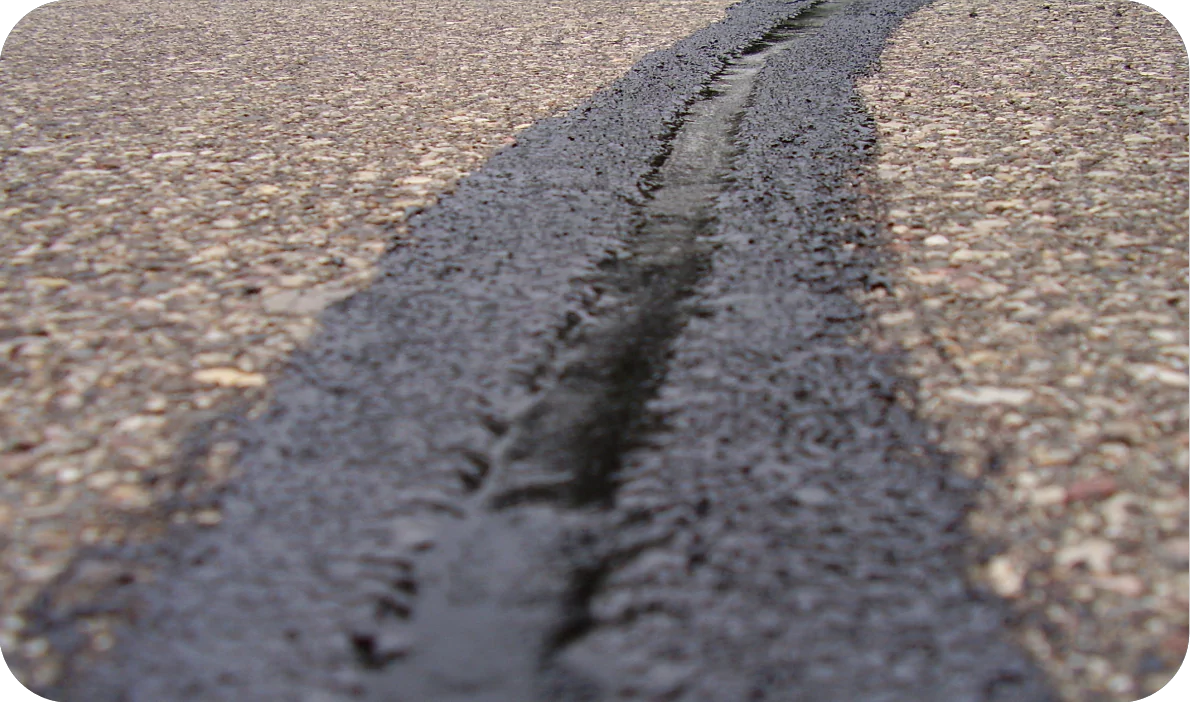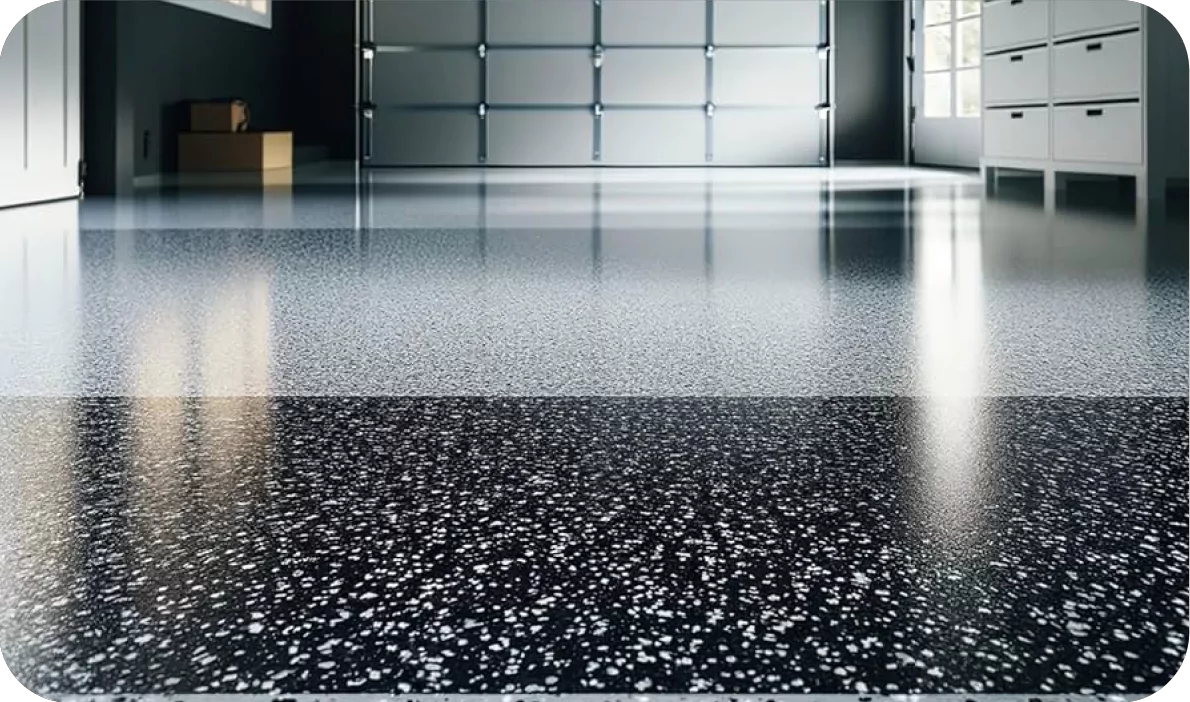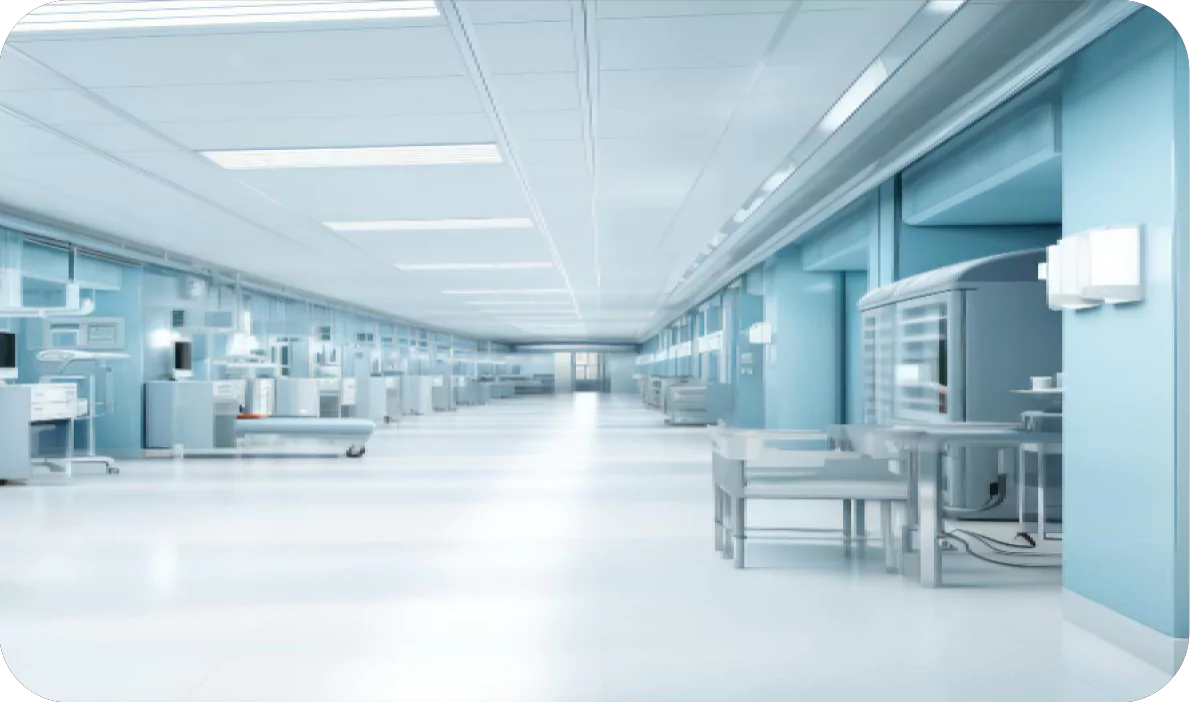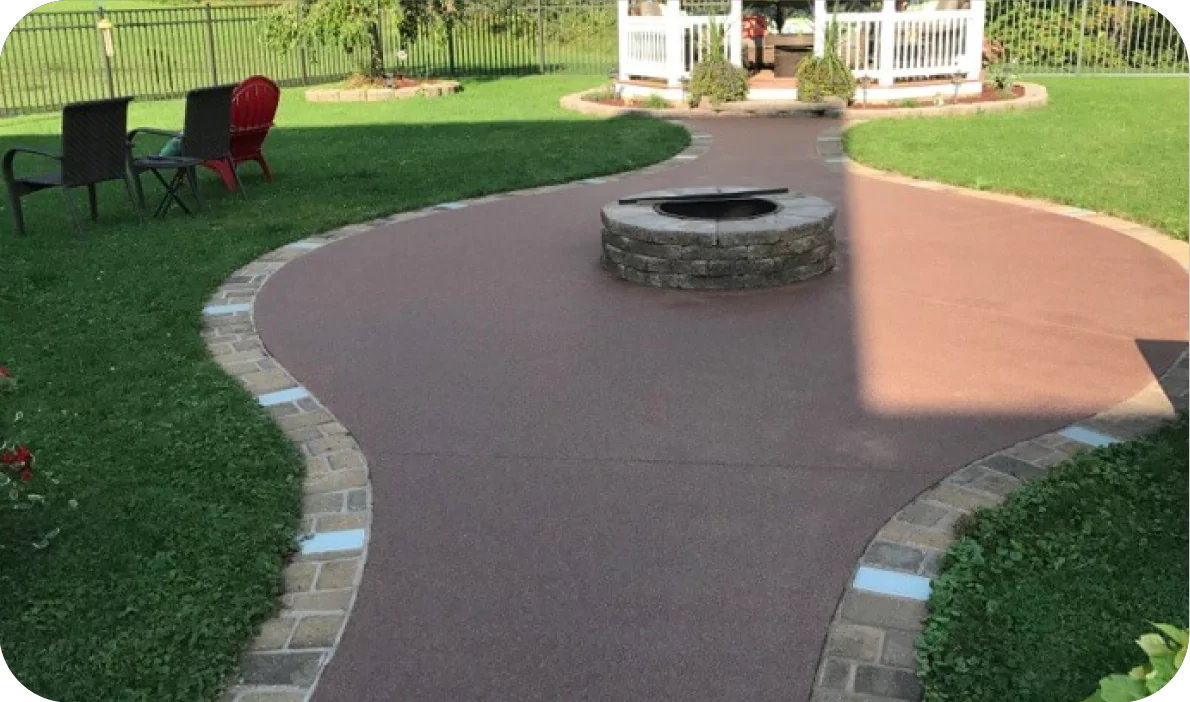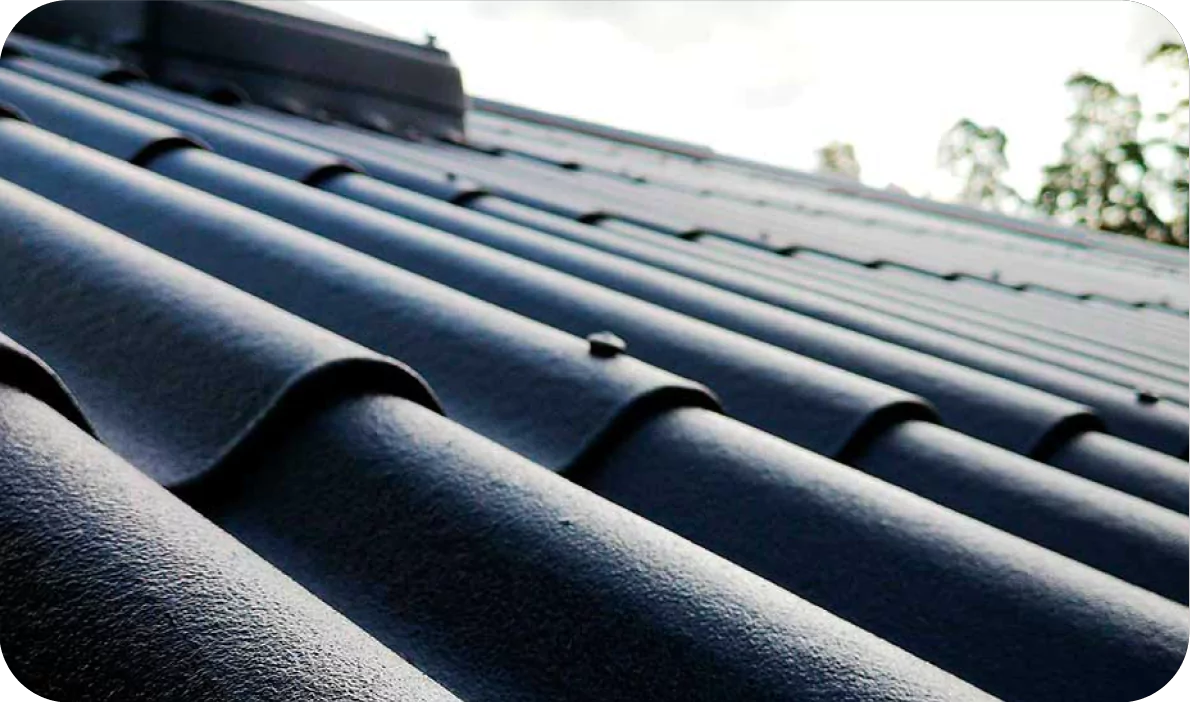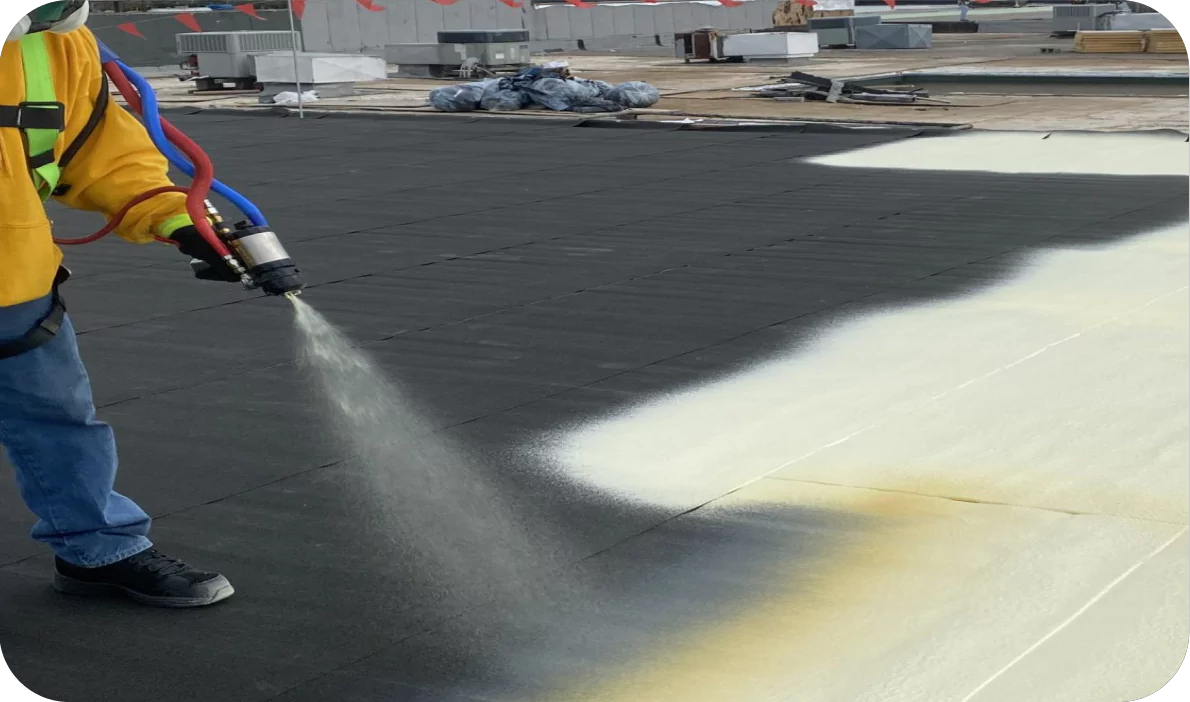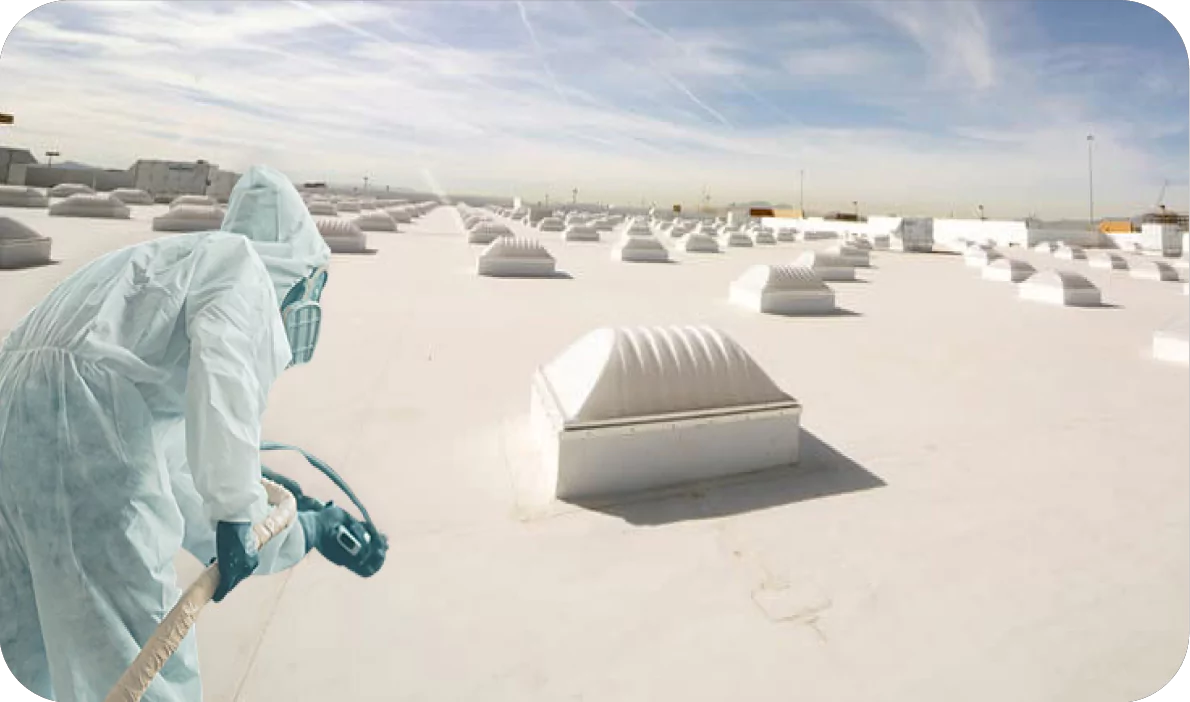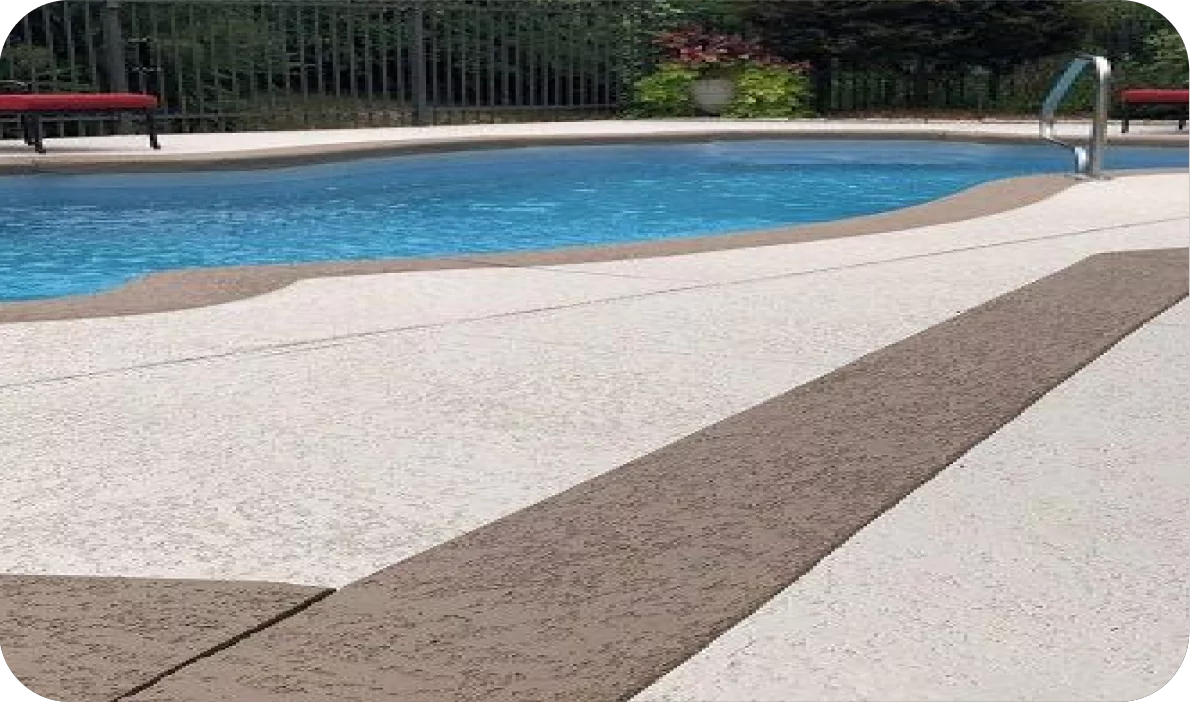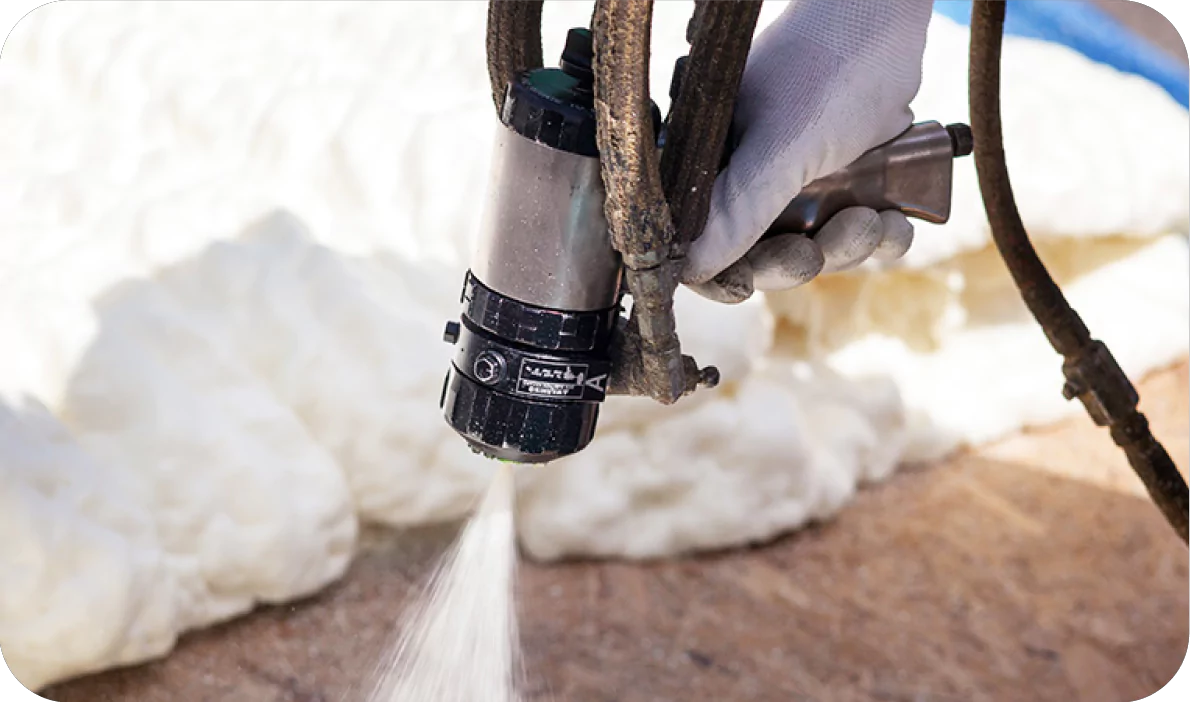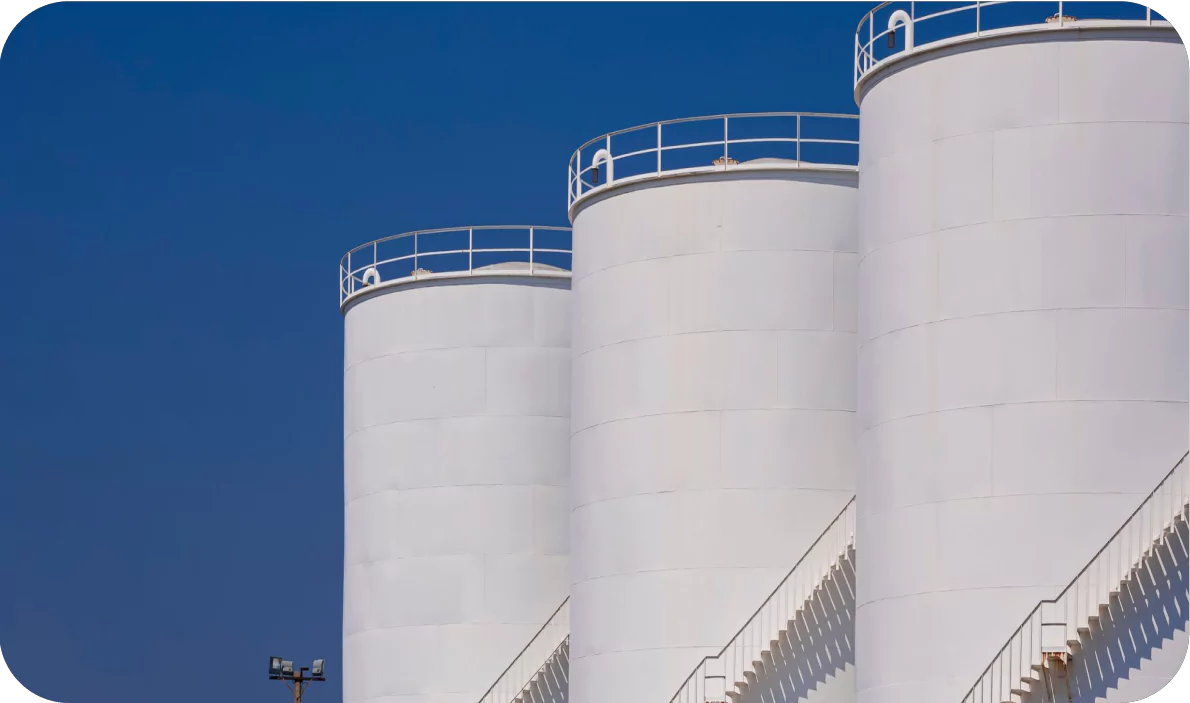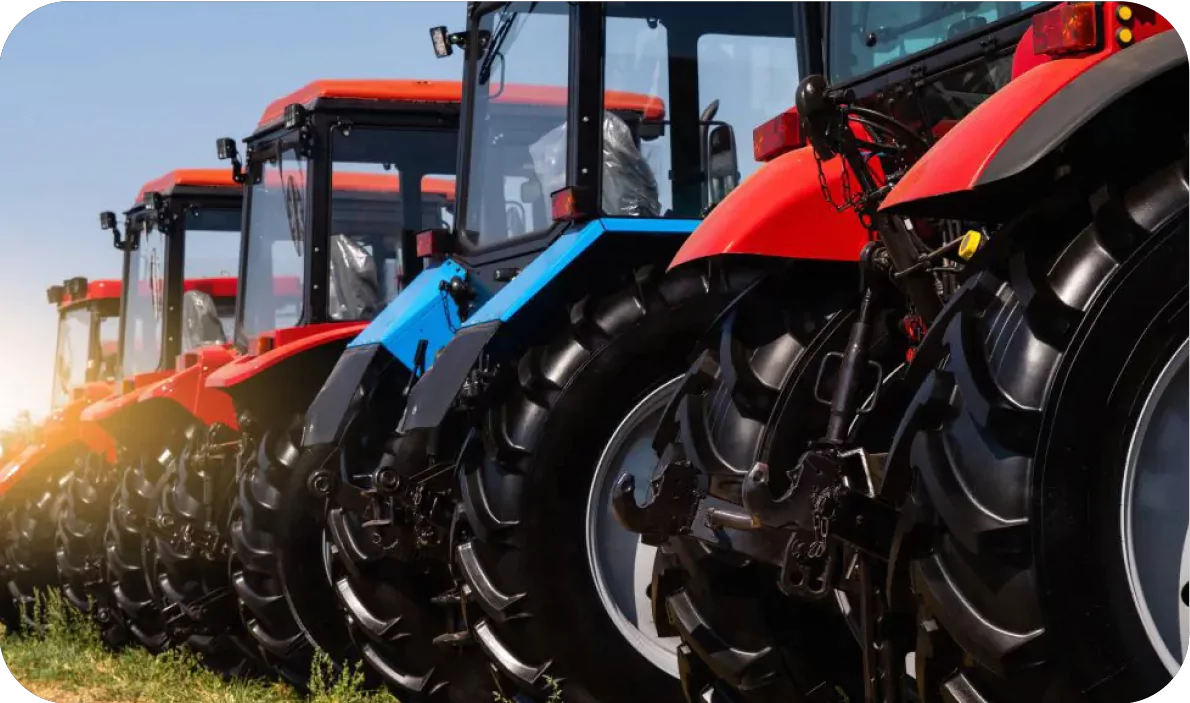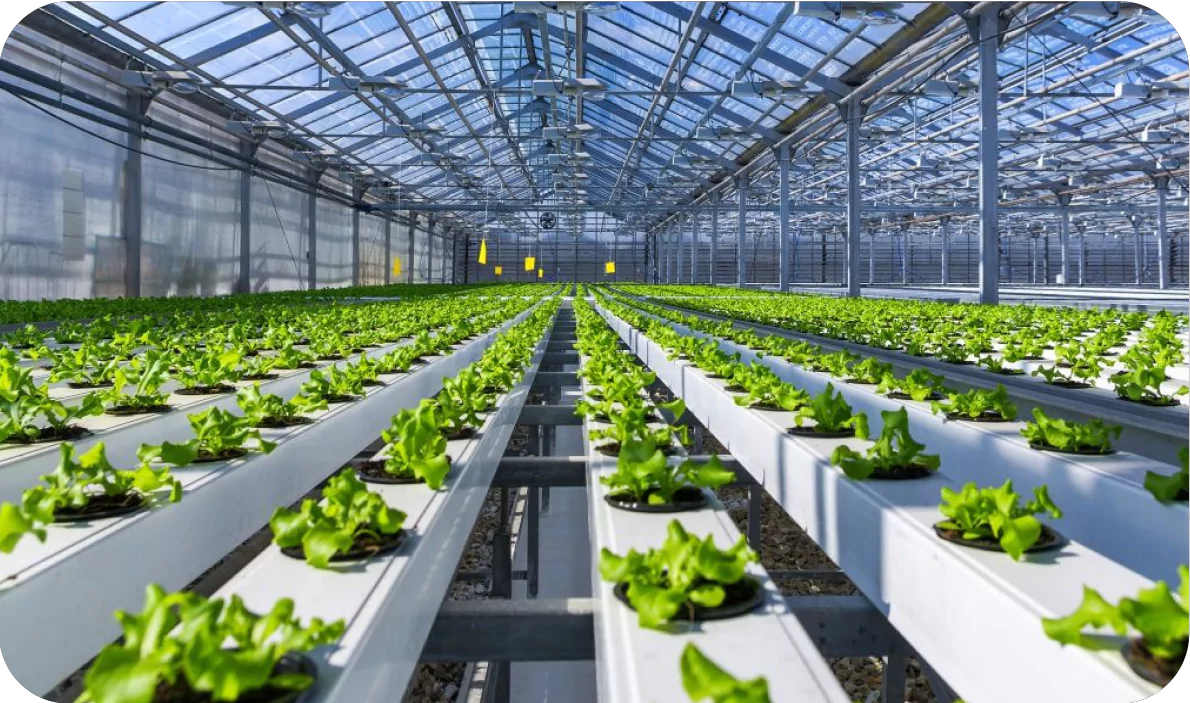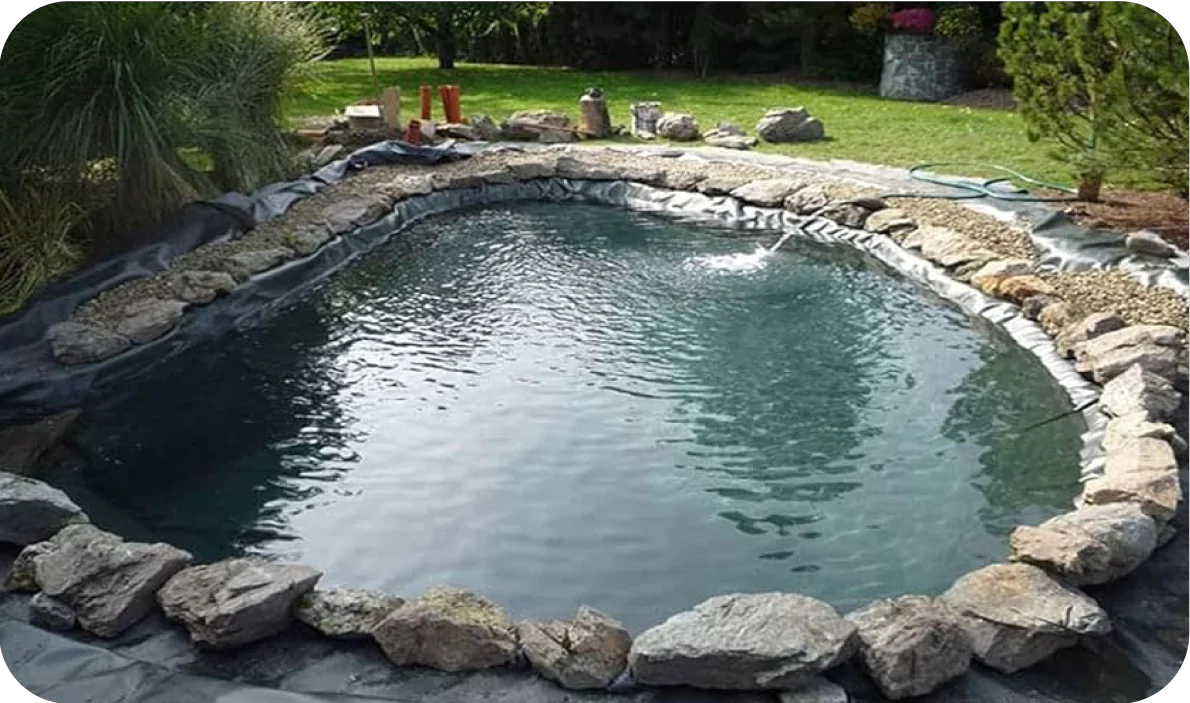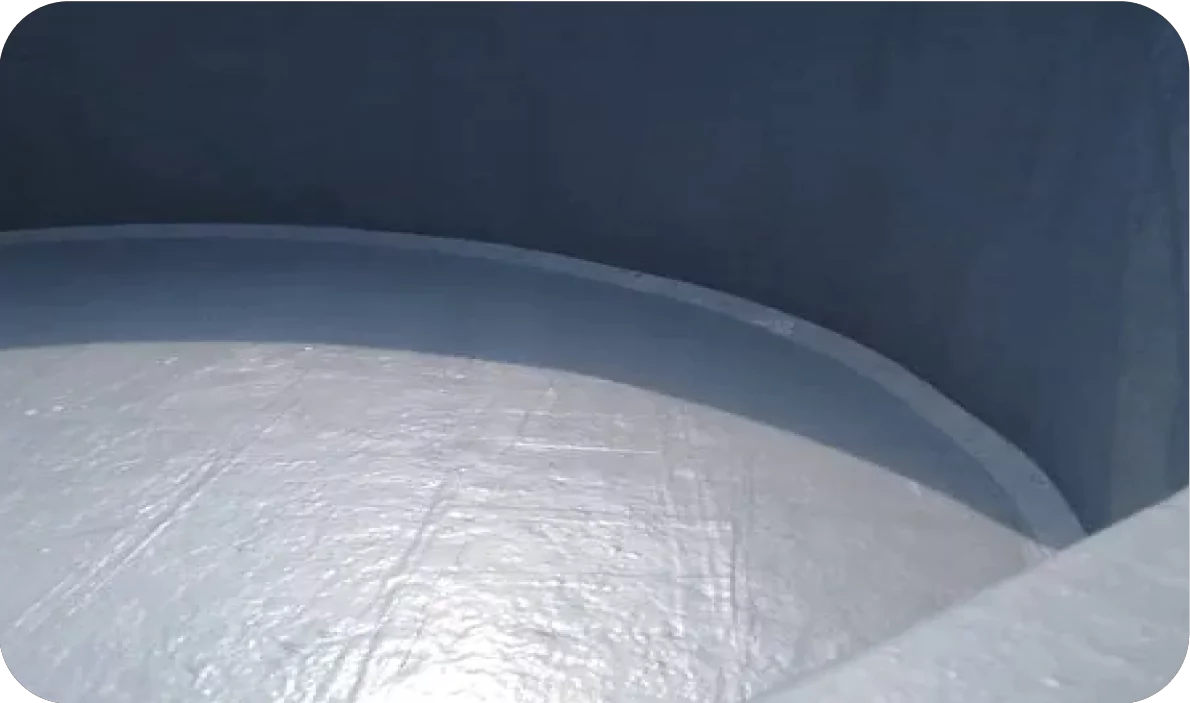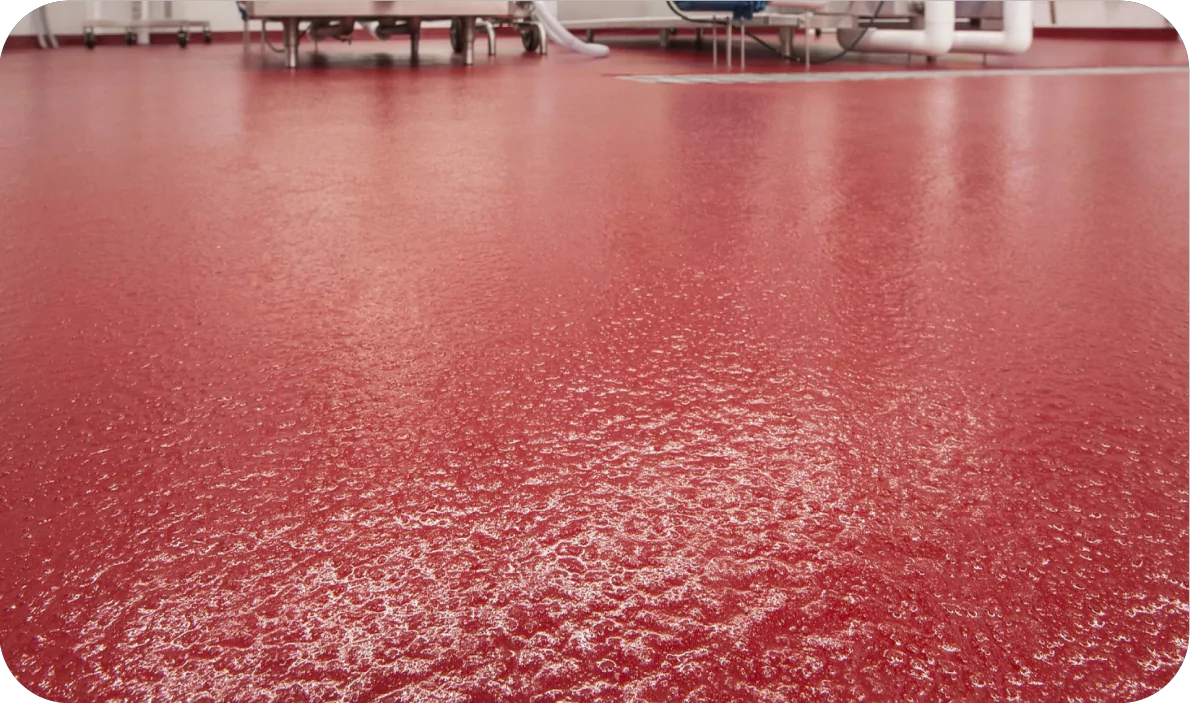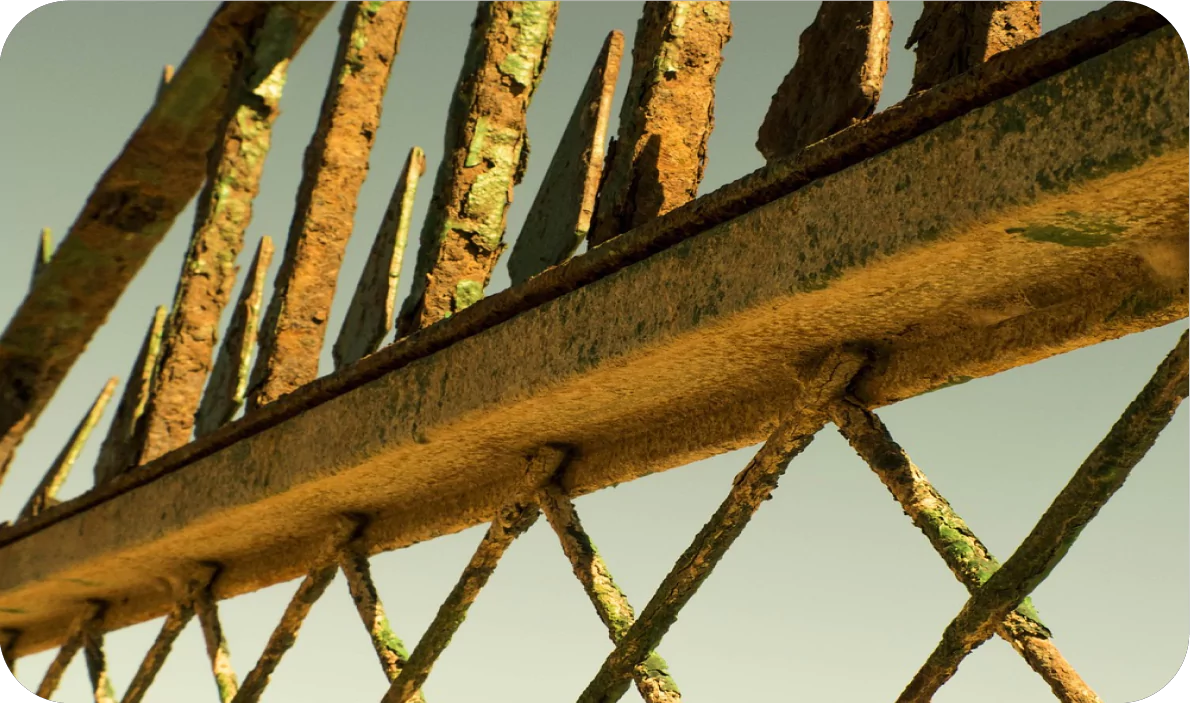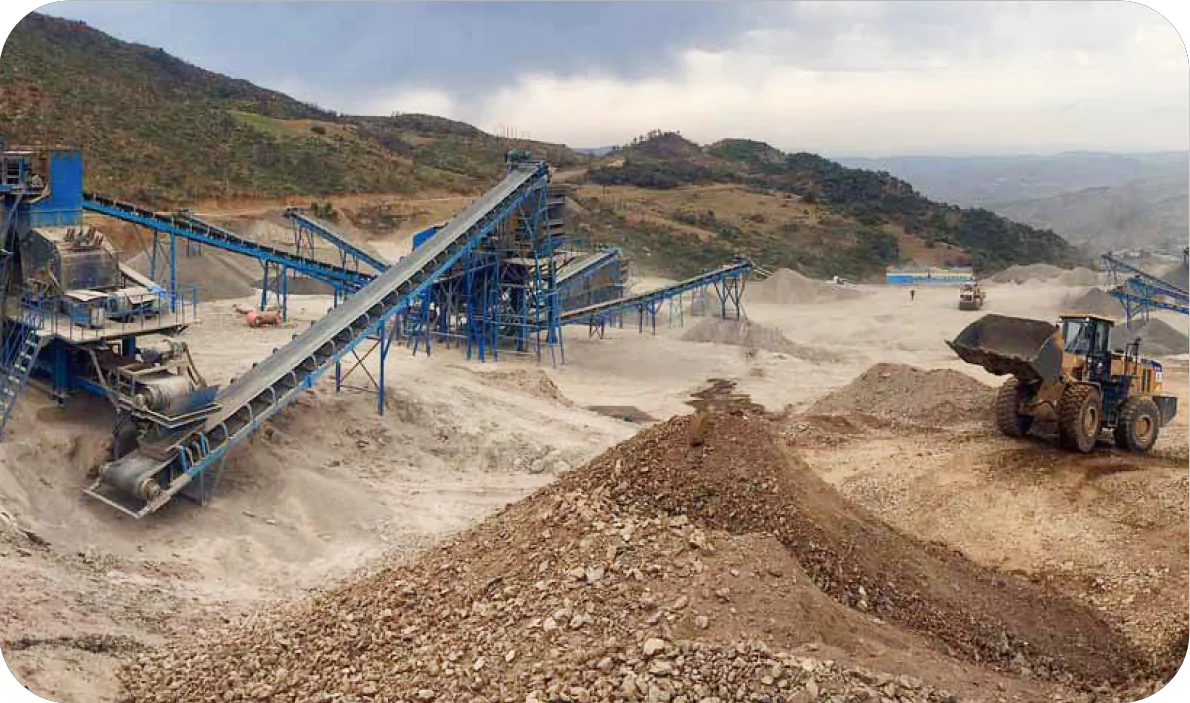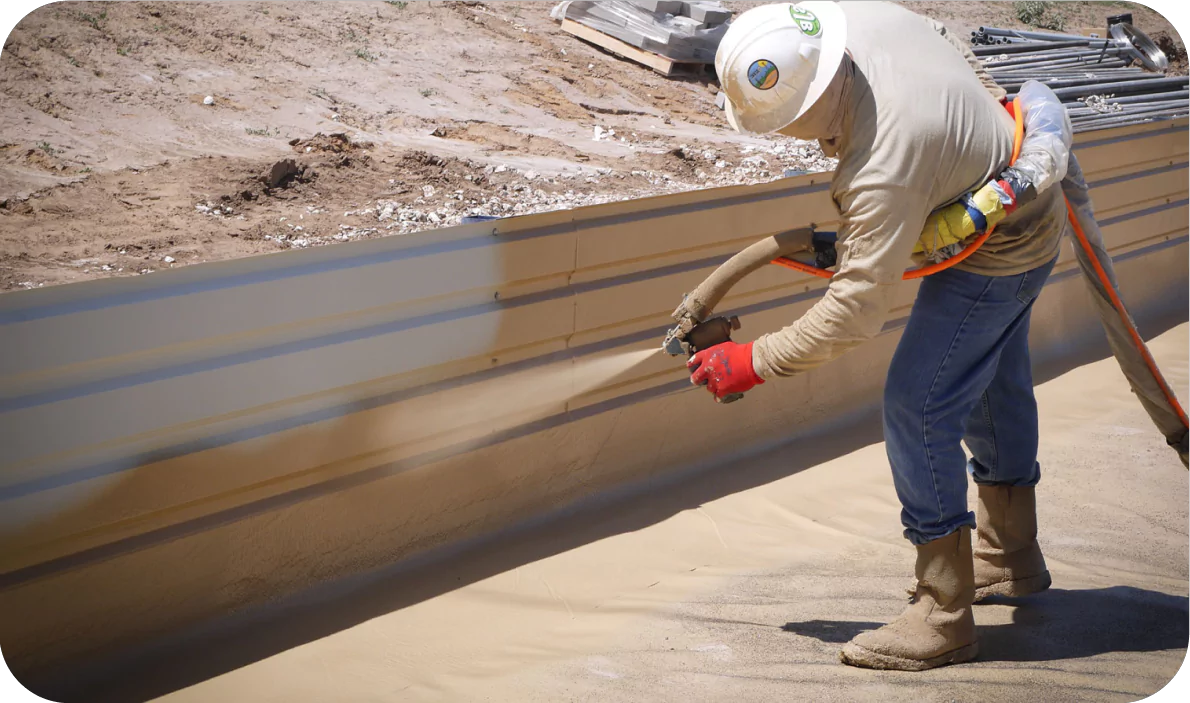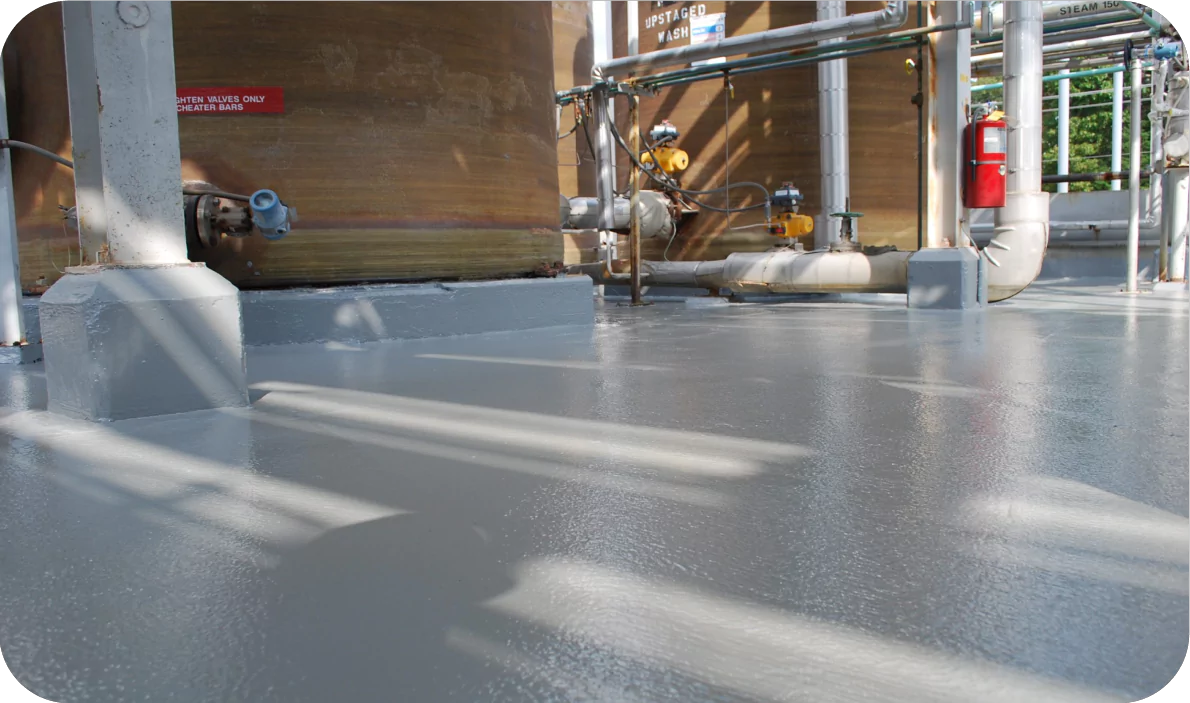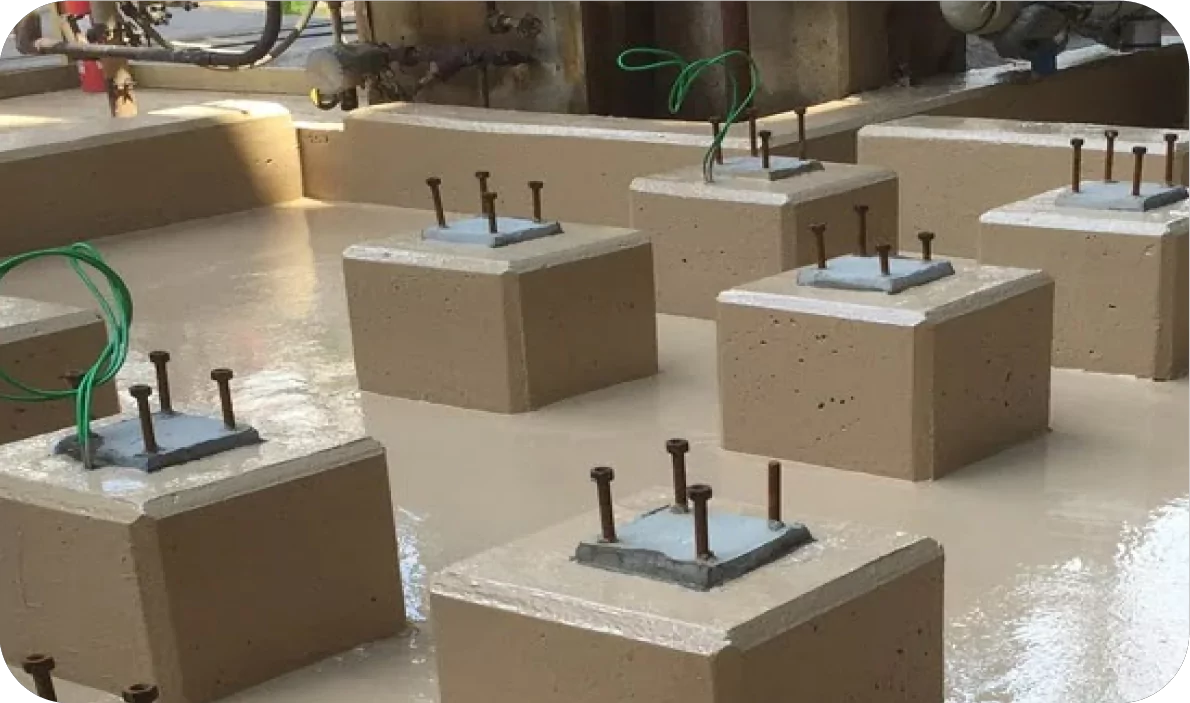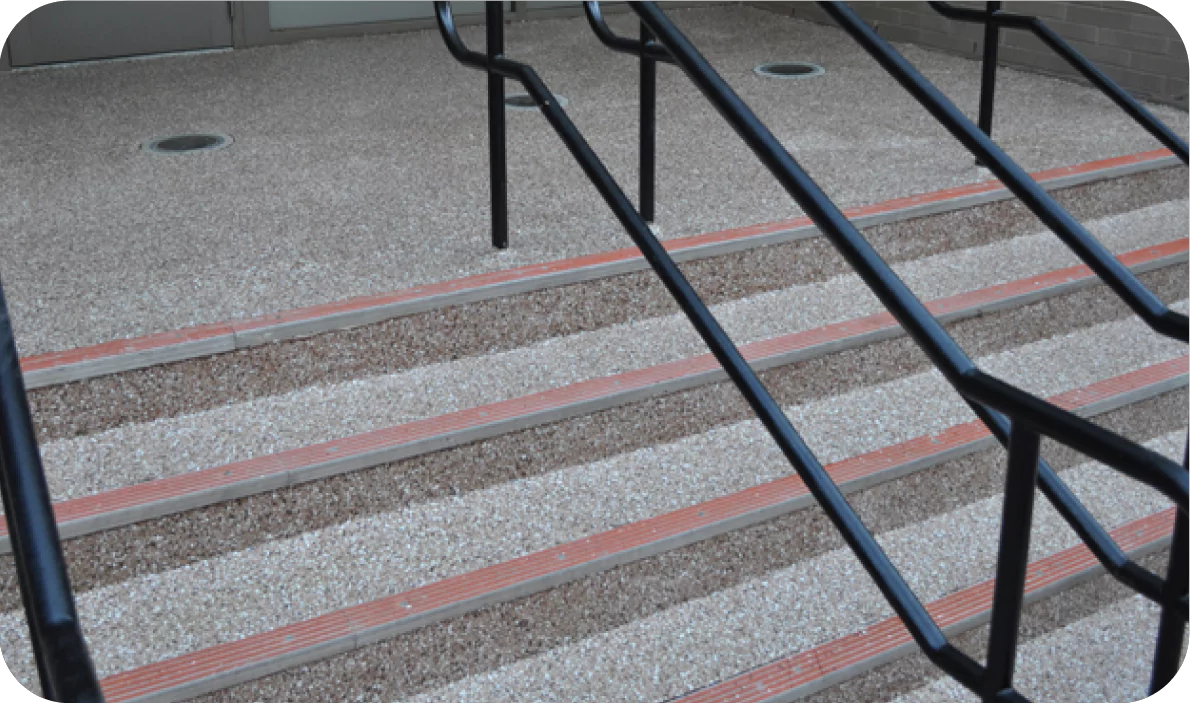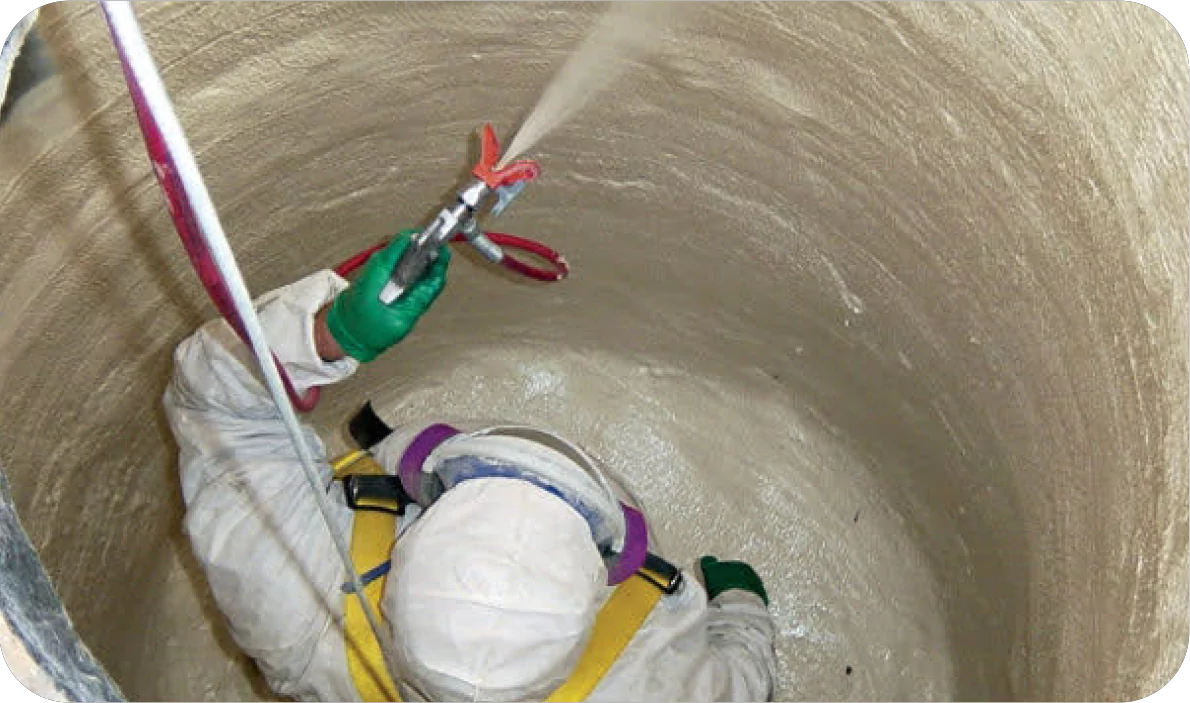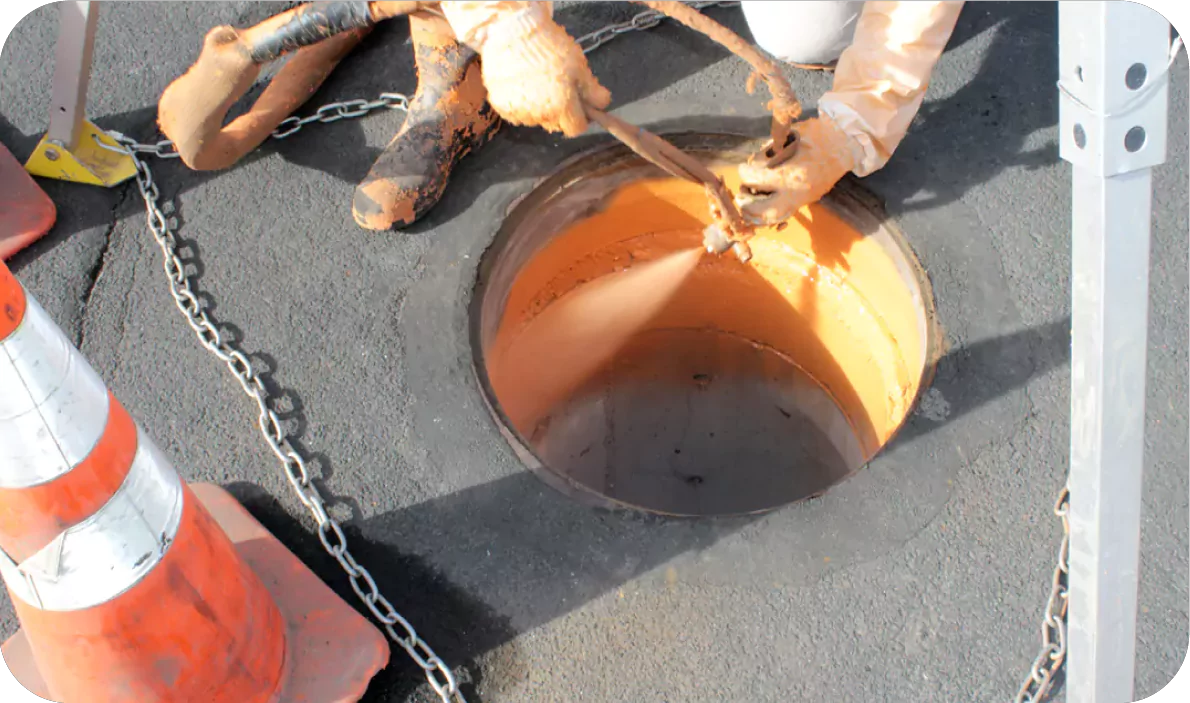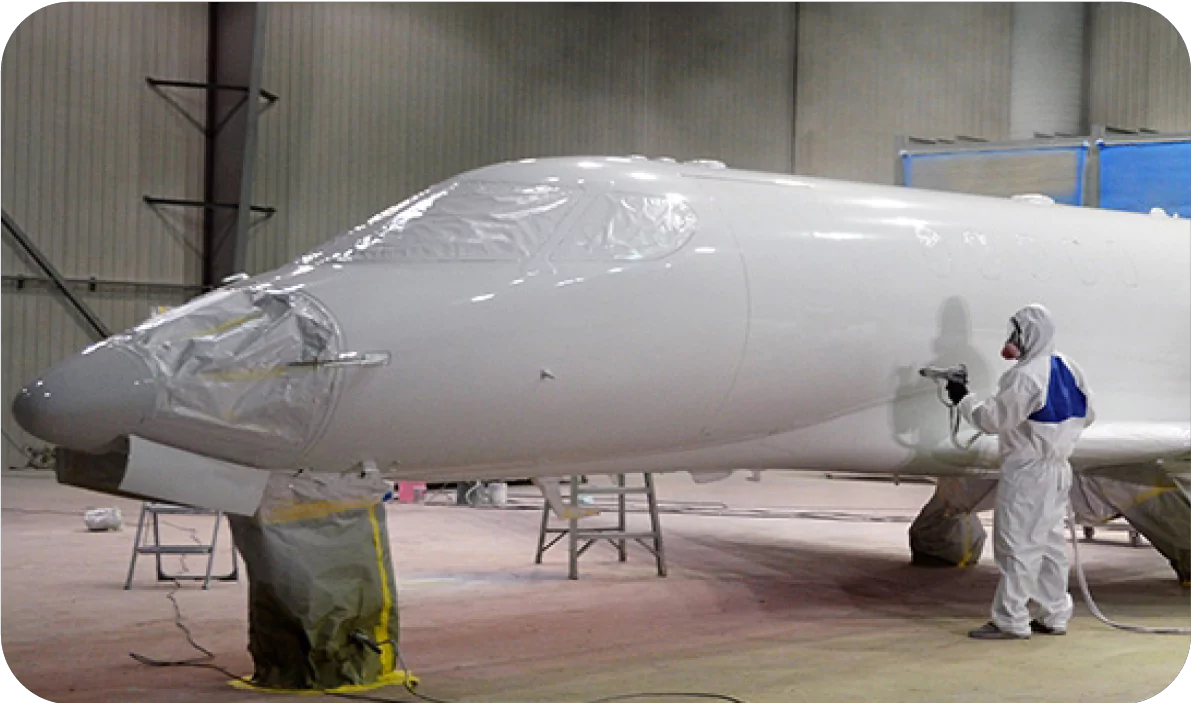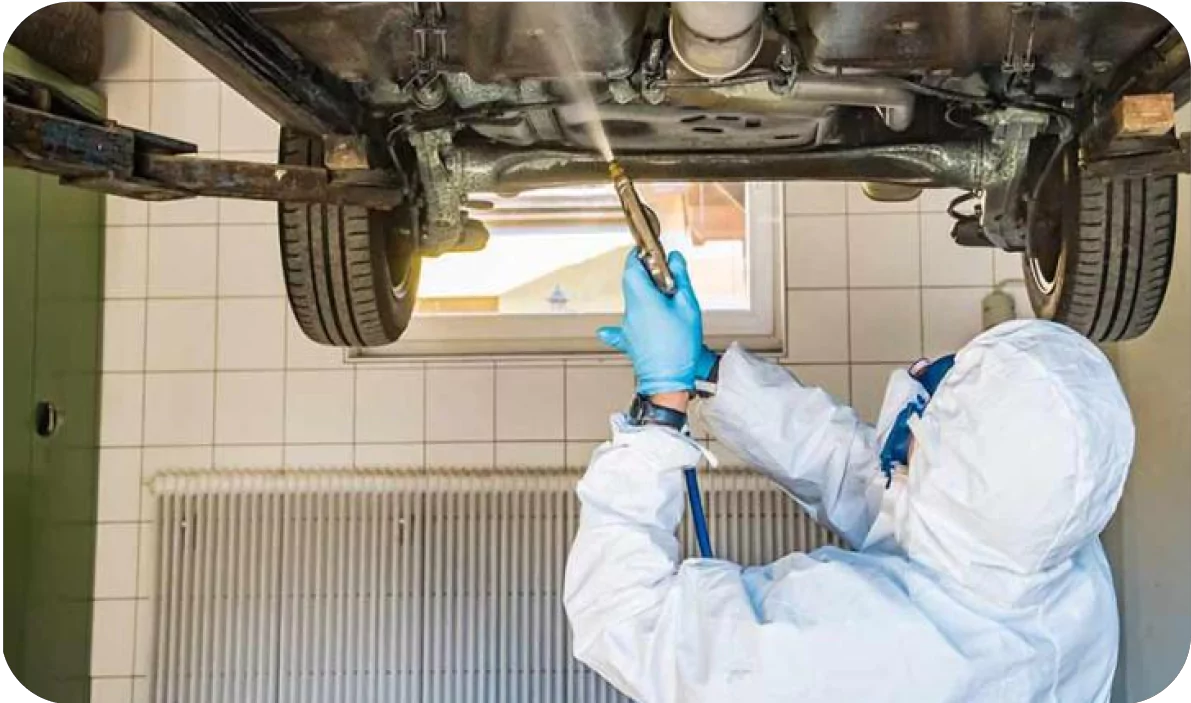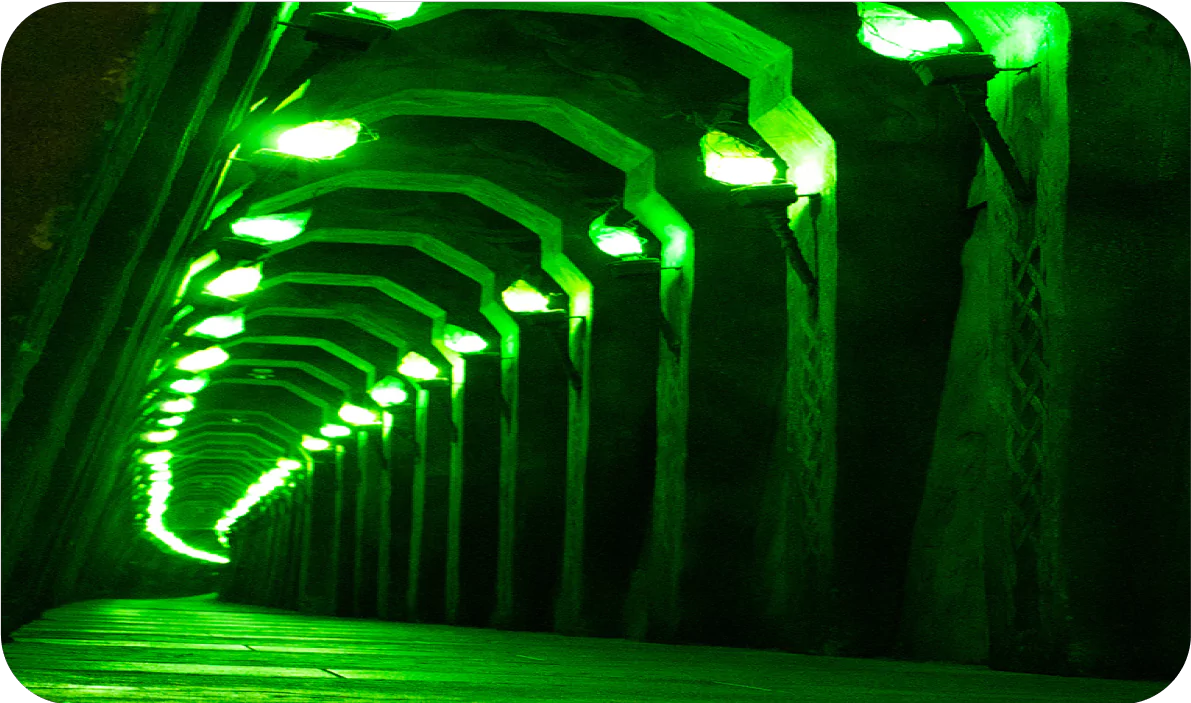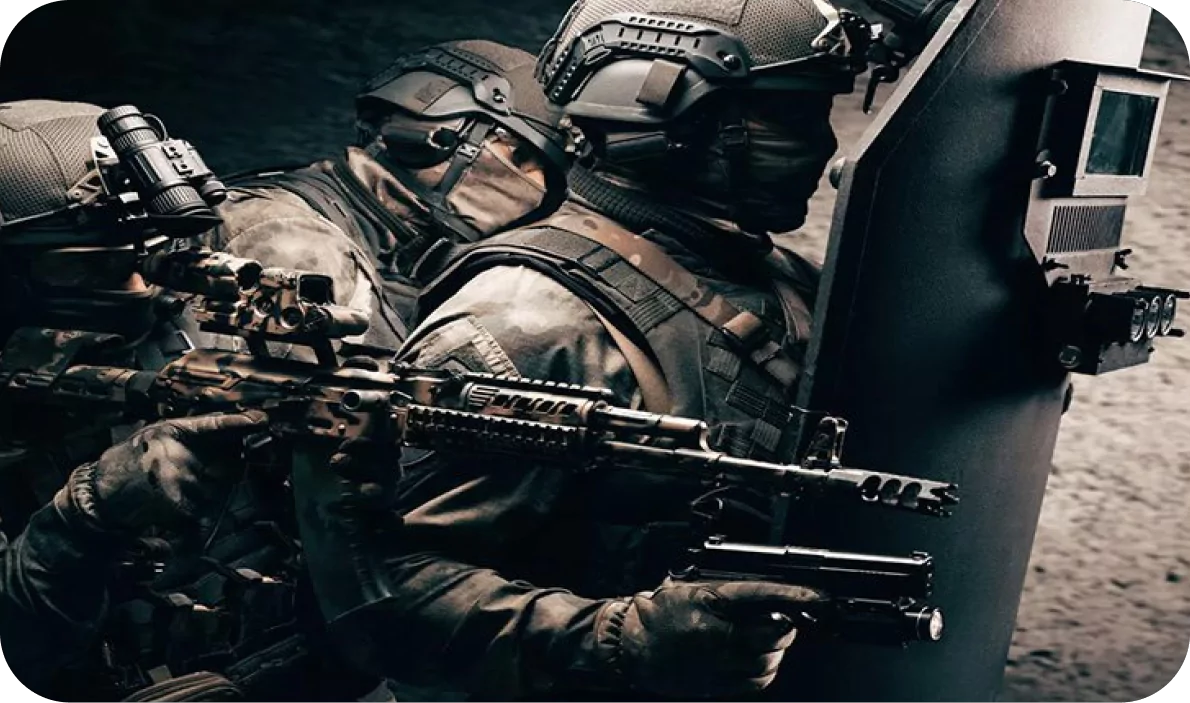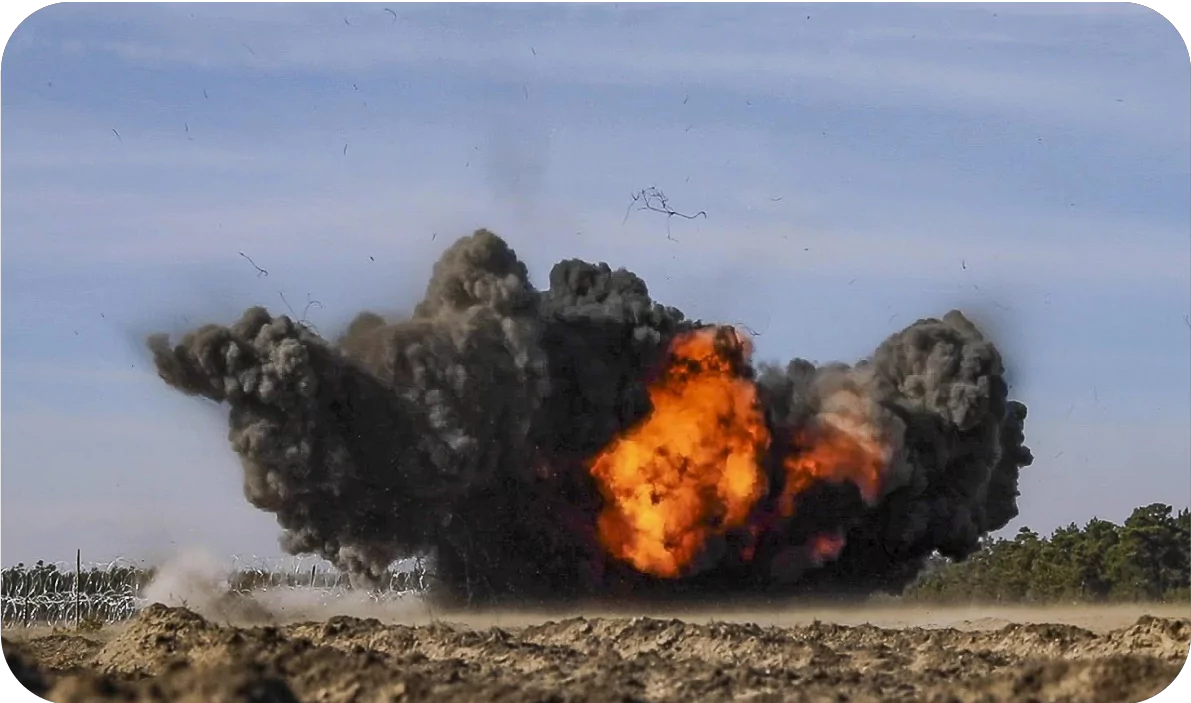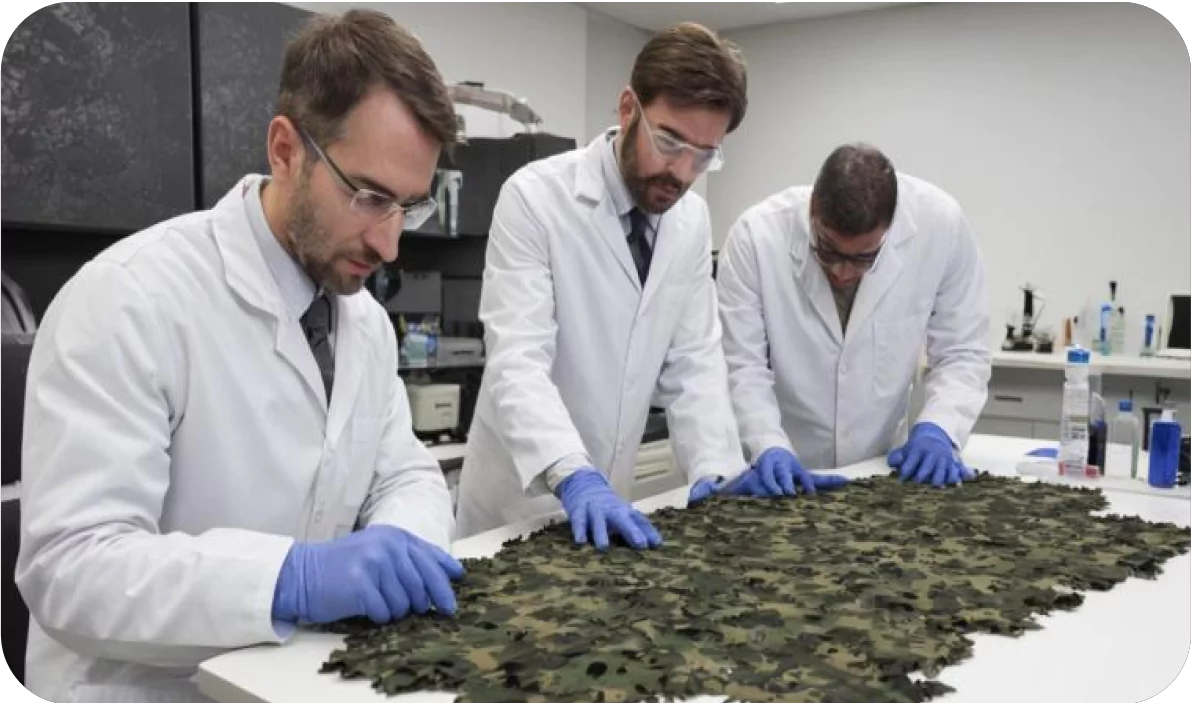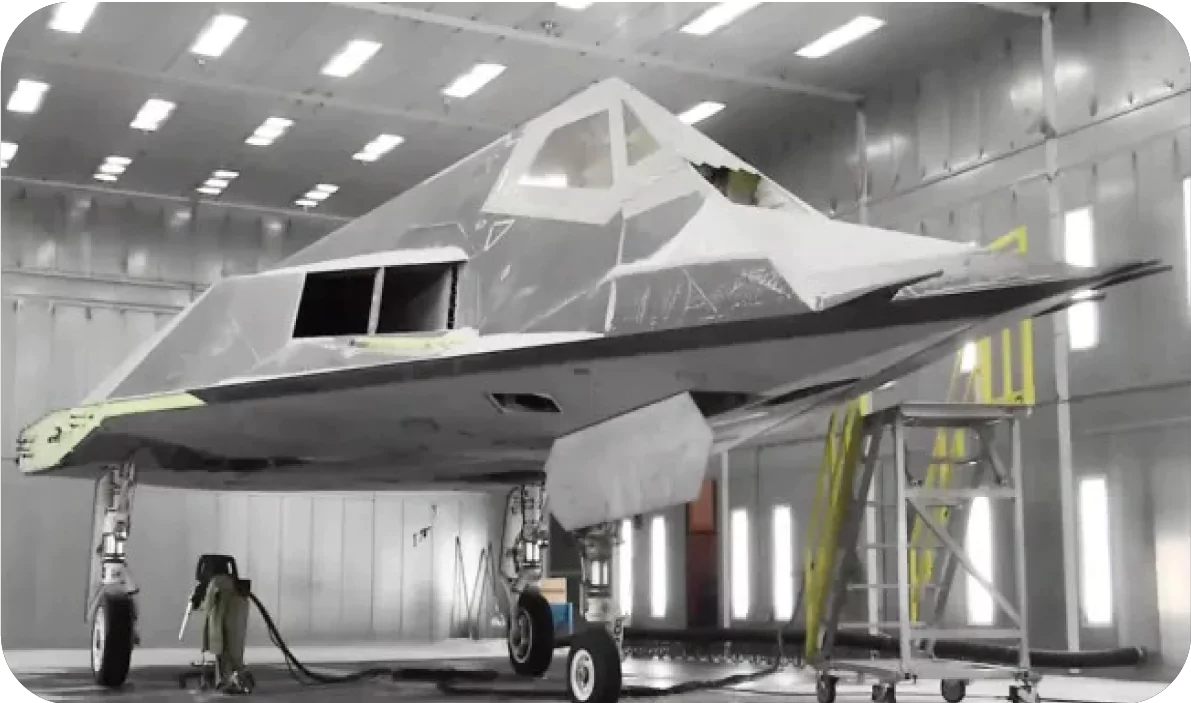POLYUREA: WHY IT’S
UNMATCHED IN THE COATING INDUSTRY
HISTORY OF THE COATING INDUSTRY
The coating industry has come a long way from buckets and brushes. Today’s advanced coatings, including polyurea and polyurethane, are among the most advanced resins ever developed. Over the past thirty years, chemical engineers have formulated innovative polymer resins with various modulus, faster reaction times, better fire retardancy, and lower VOCs. More than any other polymer coating, these polyureas stand out in their versatility, strength, and longevity. Polyurea protective coatings are the next step in the evolution of the sprayed coating industry.
Simultaneously, advancements in coatings technology have also led to spray, injection, and roto-cast application equipment that also improves polyureas’ performance. In particular, plural component equipment technology has been advanced to make spray applications more straightforward, more uniform in coverage, applicable at more moderate pressures, and allowing less overspray or fogging.
Polyurea materials have two components: the isocyanates and resins. The resin blend is a combination of amine-terminated chain extenders. Unlike polyurethanes, no polyols are used in the production of polyurea resins. When the materials are blended in the application machinery, the isocyanates and the amine resins react to a urea linkage.
Simultaneously, advancements in coatings technology have also led to spray, injection, and roto-cast application equipment that also improves polyureas’ performance. In particular, plural component equipment technology has been advanced to make spray applications more straightforward, more uniform in coverage, applicable at more moderate pressures, and allowing less overspray or fogging.
Polyurea materials have two components: the isocyanates and resins. The resin blend is a combination of amine-terminated chain extenders. Unlike polyurethanes, no polyols are used in the production of polyurea resins. When the materials are blended in the application machinery, the isocyanates and the amine resins react to a urea linkage.
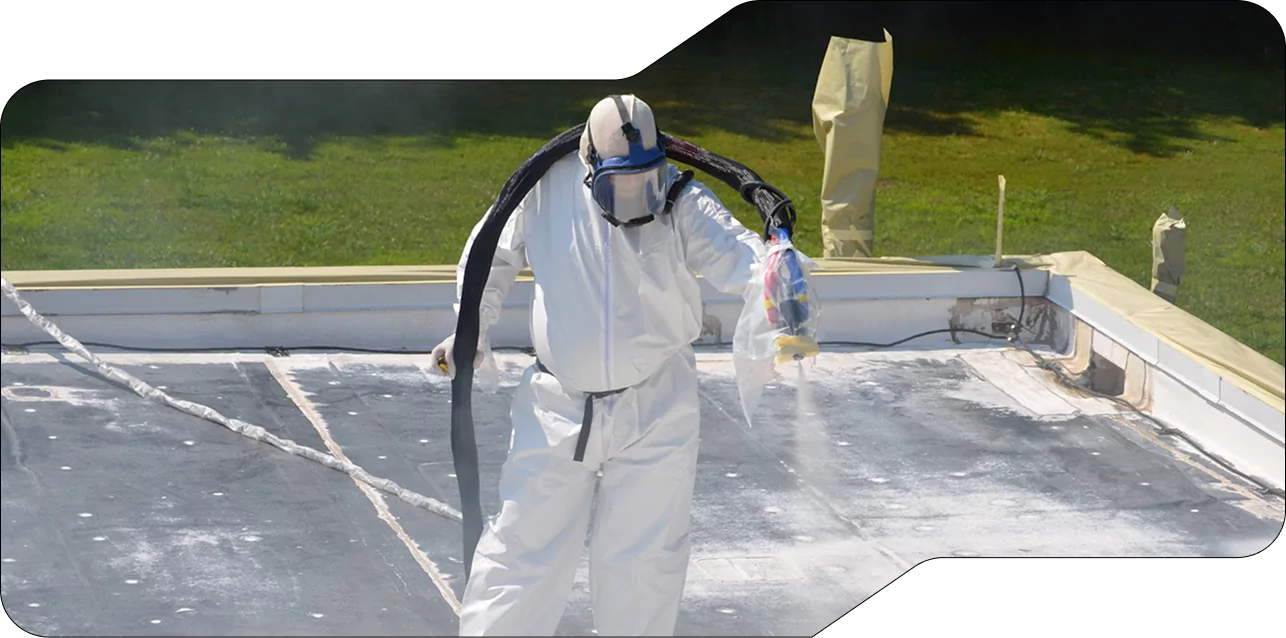
Introduced in 1989 by the Texaco Chemical Company, polyurea was regarded by many in the coatings industry as an “over-hyped” commodity with exaggerated features and benefits. True, polyurea systems and technology have many exceptional properties. However, many manufacturers of traditional coating material discounted polyurea claim the “wonder” product; thus, many manufacturers and end-users lost sight of its true advantages.
Many old-guard coating manufacturers did not distinguish between polyurethane and polyurea. All coatings, whether polyether amines (polyurea component) or polyester/polyether hydroxyl (polyurethane urethane component) resins, were identified as polyurethanes. Only in the past ten to fifteen years have many companies differentiated these coatings.
OEM manufacturers, contractors, engineers, and fabricators needed a fast-cure, moisture-insensitive coating system. They required various physical properties, excellent adhesion, smooth surface flow out, superior tensile strength, and high abrasion resistance. A polyurea system fits that exact description. The main physical properties of polyurea explain their success.
Many old-guard coating manufacturers did not distinguish between polyurethane and polyurea. All coatings, whether polyether amines (polyurea component) or polyester/polyether hydroxyl (polyurethane urethane component) resins, were identified as polyurethanes. Only in the past ten to fifteen years have many companies differentiated these coatings.
OEM manufacturers, contractors, engineers, and fabricators needed a fast-cure, moisture-insensitive coating system. They required various physical properties, excellent adhesion, smooth surface flow out, superior tensile strength, and high abrasion resistance. A polyurea system fits that exact description. The main physical properties of polyurea explain their success.
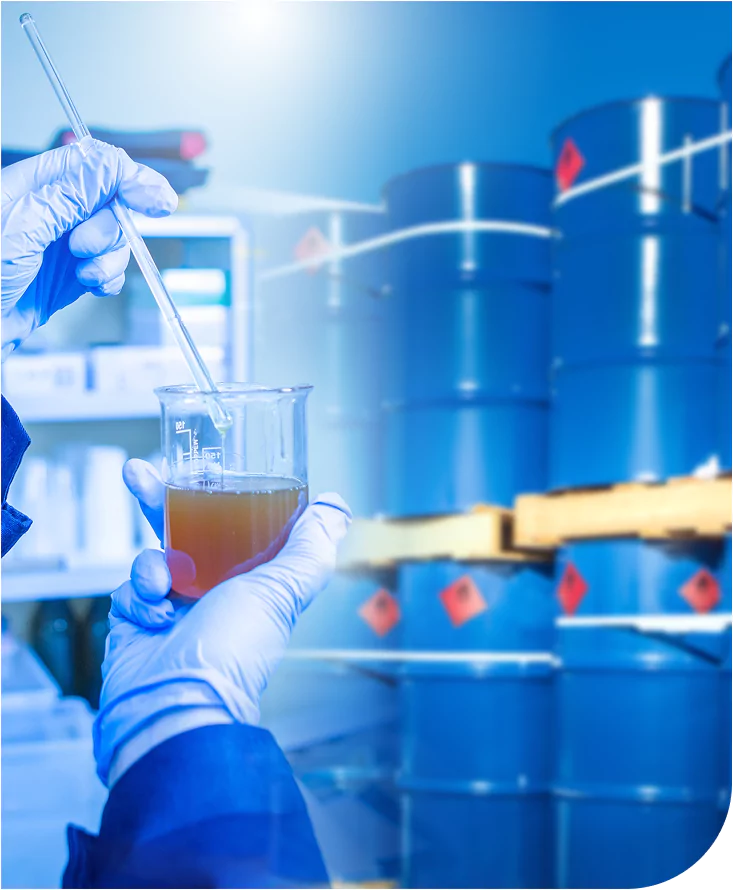
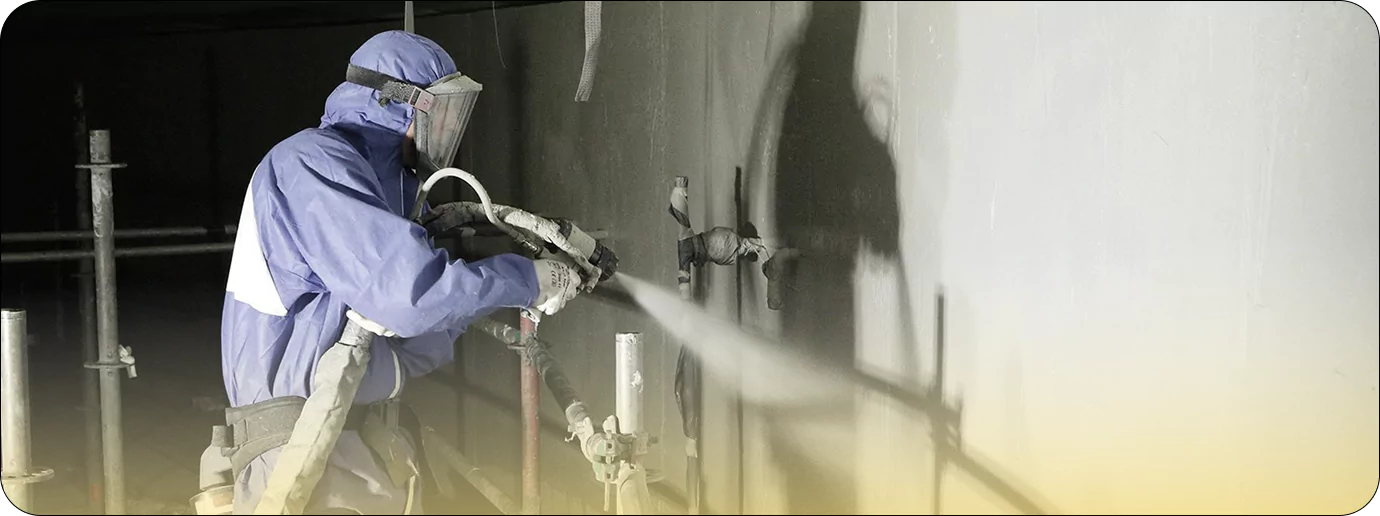
FAST REACTION TIME
Polyurea’s fast reaction time (5-15 seconds) leaves polyurethane and epoxy materials in the proverbial dust. It is an autocatalytic polymer. With the fast reaction time, polyureas do not easily react with humidity and moisture in substrates. The material can be readily administered over cold or damp substrates, such as steel, concrete, wood, or PU foam. When a smoother flow of material is required to wet out mold or cover an intricately sculpted surface, polyureas can be slowed down to have gel times ranging from 15-60 seconds.
Quick reaction time is a key advantage of polyurea. A fast-reacting polyurea fully cures within a few hours, whereas most polyurethane or epoxy coatings require 24-48 hours before the coated areas can be used to their full potential.
Polyurea is frequently used to protect the iron pipe’s exterior since the pipe can be recoated “above-the-ditch” (in the field) without expensive equipment. The polyurea cures quickly, and the pipe can be almost immediately reburied without crack. Many pipelines worldwide, including the Trans-Alaska pipeline, have used this technology to speed production and keep maintenance costs minimum.
Quick reaction time is a key advantage of polyurea. A fast-reacting polyurea fully cures within a few hours, whereas most polyurethane or epoxy coatings require 24-48 hours before the coated areas can be used to their full potential.
Polyurea is frequently used to protect the iron pipe’s exterior since the pipe can be recoated “above-the-ditch” (in the field) without expensive equipment. The polyurea cures quickly, and the pipe can be almost immediately reburied without crack. Many pipelines worldwide, including the Trans-Alaska pipeline, have used this technology to speed production and keep maintenance costs minimum.
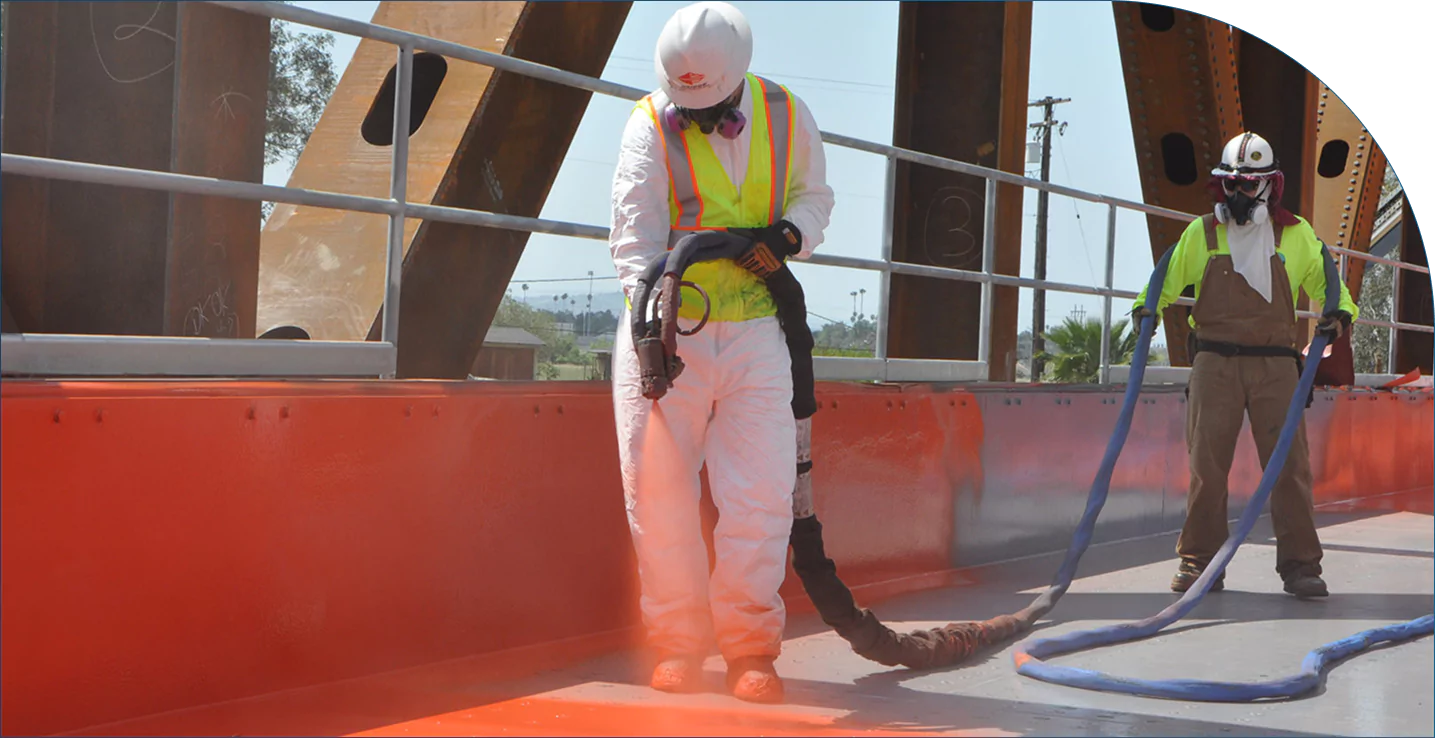
MOISTURE INSENSITIVITY
Where moisture or humidity is a concern, polyureas outperform any product on the market today. Polyurethanes can be sensitive to high humidity and moisture in a substrate. As a result, they will react with atmospheric moisture or high humidity to produce carbon dioxide gas and cause foaming and pinholing in the surface. In contrast, polyureas are not affected by moisture.
The reaction of Component A and Component B (polyamines) or a polyurea system is so fast that the moisture reaction can’t occur. Therefore, the polyurea systems are not sensitive to moisture and humidity and do not normally produce carbon dioxide bubbles. This is an advantage in climates or regions with high humidity or dewpoints.
On the whole, polyureas are a more versatile protector for concrete. Recent innovations have led to epoxy and polyurea blending to form materials ideal for below-grade waterproofing, bridges, parking decks, and flooring. Since these are slower curing systems, aggregates such as stone, iron, or quartz flakes can be added to improve traction for vehicles and non-skid qualities for pedestrians.
The reaction of Component A and Component B (polyamines) or a polyurea system is so fast that the moisture reaction can’t occur. Therefore, the polyurea systems are not sensitive to moisture and humidity and do not normally produce carbon dioxide bubbles. This is an advantage in climates or regions with high humidity or dewpoints.
On the whole, polyureas are a more versatile protector for concrete. Recent innovations have led to epoxy and polyurea blending to form materials ideal for below-grade waterproofing, bridges, parking decks, and flooring. Since these are slower curing systems, aggregates such as stone, iron, or quartz flakes can be added to improve traction for vehicles and non-skid qualities for pedestrians.
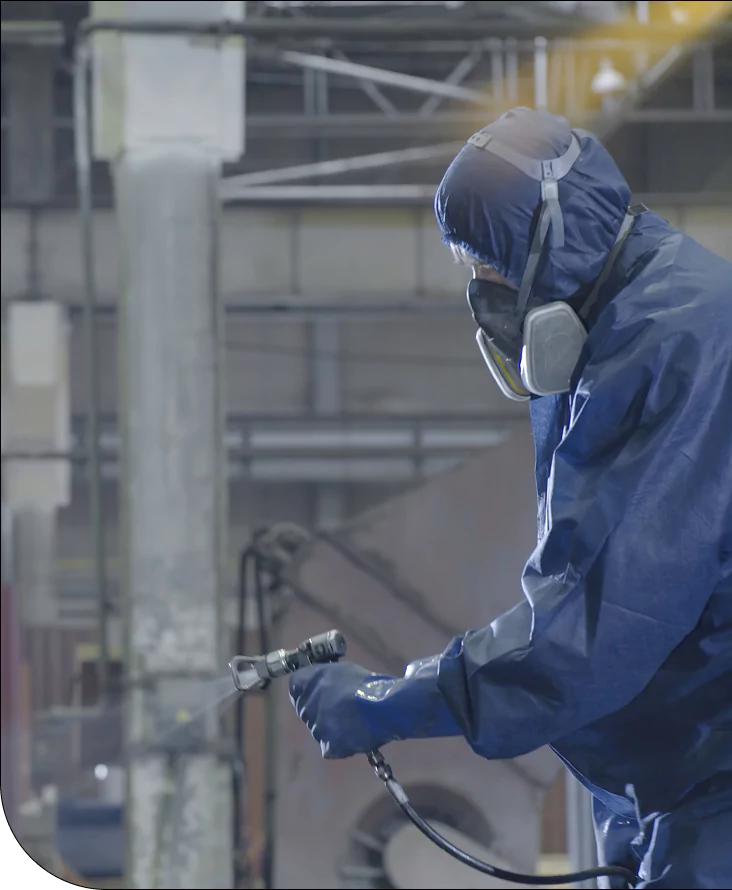
EXCELLENT ADHESION
If a substrate is moist or has condensation on it, polyurea will perform much better than polyurethanes. Many in the industry were surprised when Texaco produced a polyurea video being sprayed over ice and water without affecting the components’ reaction. This demonstration is generally not encountered in real-world applications. Applying any coating over an excessively wet or unprimed/unprepared substrate can negatively affect the adhesion.
Organizations such as the National Association of Corrosion Engineers and the Steel Structures Painting Council issue guidelines for properly preparing and priming surfaces. A properly prepped surface will improve adhesion, especially for critical applications such as moist concrete for containment lining and flooring and adhesion protection for geotextile, wood, and steel. In these applications, polyurea systems will have the best results.
The heat sink typically causes application problems for steel substrates. Conventional polyurethane systems applied to heat sink substrates could compromise the properties or adhesion of the first pass. No problems are using a polyurea system over prepared steel.
Organizations such as the National Association of Corrosion Engineers and the Steel Structures Painting Council issue guidelines for properly preparing and priming surfaces. A properly prepped surface will improve adhesion, especially for critical applications such as moist concrete for containment lining and flooring and adhesion protection for geotextile, wood, and steel. In these applications, polyurea systems will have the best results.
The heat sink typically causes application problems for steel substrates. Conventional polyurethane systems applied to heat sink substrates could compromise the properties or adhesion of the first pass. No problems are using a polyurea system over prepared steel.
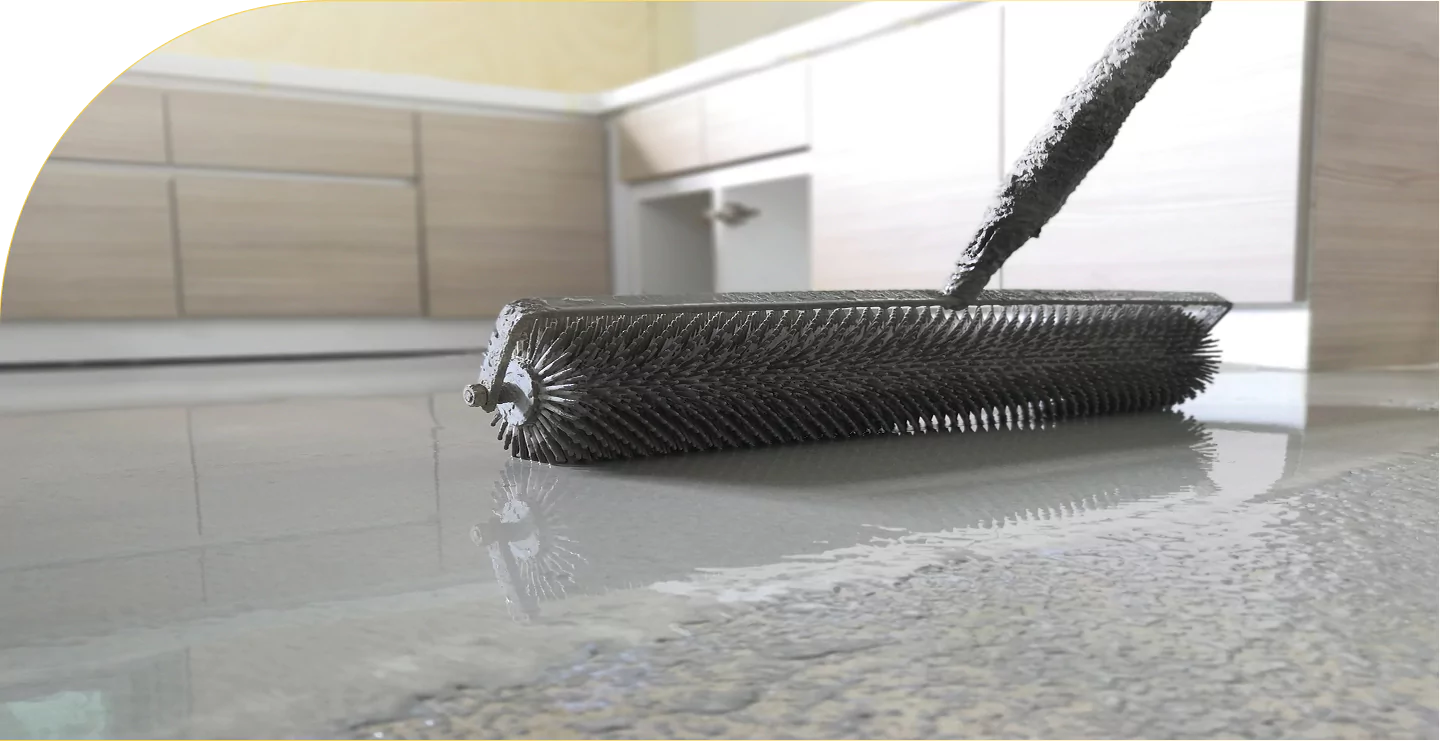
SUPERIOR TENSILE STRENGTH
In waterproofing applications, a low modulus and a high elongation elastomer are required to meet the challenge. Polyurethanes have traditionally been regarded as having higher elongation and a lower modulus than a polyurea with similar hardness, but the days of polyurethanes having more low modulus than polyureas are ended. Recent advances in the chemistry mean polyureas are formed to feel as soft and elastic as polyurethane. This, in turn, unlocks the door to OEM manufacturers that provide soft “vinyl-like” skins, for example, to choose polyurea. The new polyureas will stretch with a much more stunted force. And more importantly, polyureas will resist cuts and tears identically as vigorously as polyurethanes
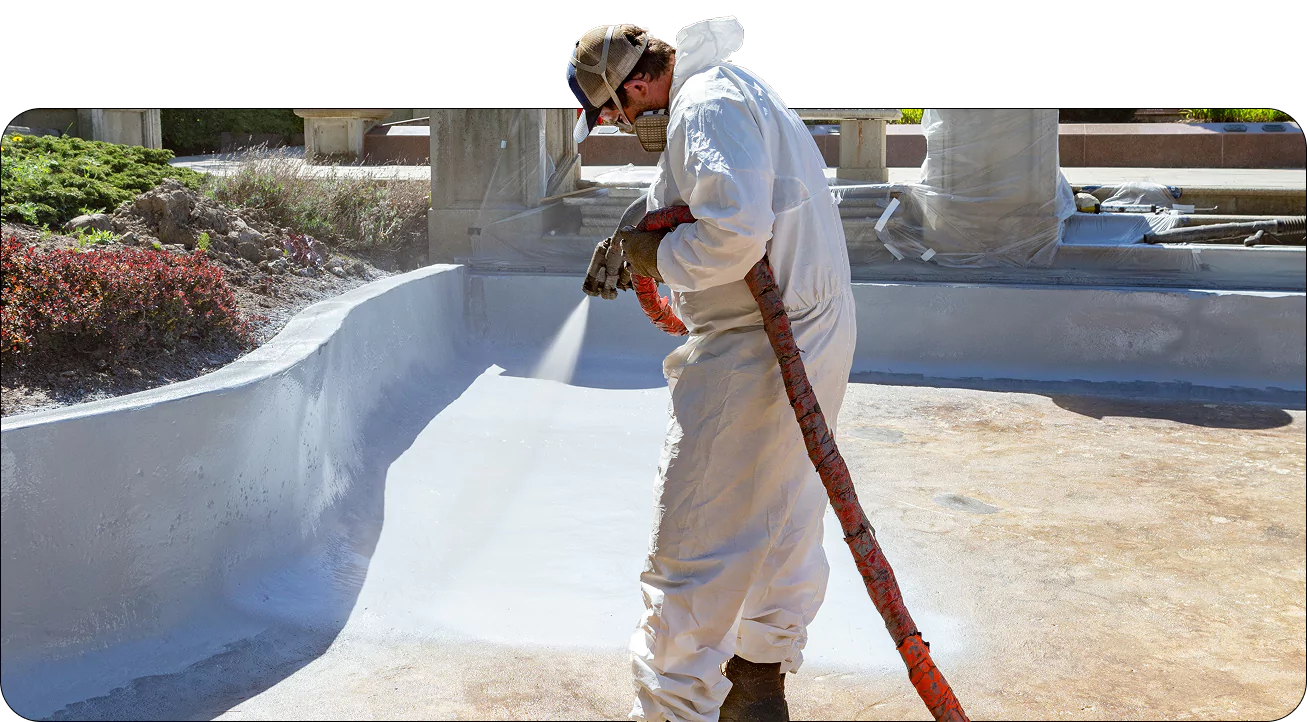
LOW TO NO
VOLATILE CONTENT
The composite and OEM fabrication industry has witnessed a dramatic jump in the use of polyurea as an alternative to unsaturated polyester vinyl esters and polyester fiberglass for open mold part production. Automotive and off-highway body panels, bumpers, and other parts are just a few of the parts that can readily be manufactured more quickly and without harmful emissions. Many marines, bath fixtures, and vehicle industry manufacturers can also turn to polyurea as a reliable, cost-effective alternative to FRP systems. The low volatile content of polyurea also makes it very attractive for restricted workspaces. Many local and state government bureaus are cracking down on styrene emissions. Unlike polyester fiberglass or epoxy, no fumes or styrene emissions are connected with polyurea. Therefore, polyurea is ideal for applications such as wall and floor coatings for the food and beverage industries.
Until recently, manufacturers have been confronted with the choice of shutting down production or, in the case of large organizations, paying the fines and continuing with production in hopes there is enough profit margin in each unit produced to keep the company operating. Modern structural polyurea methods can offer these companies an alternative production material to eliminate government penalties and increase earnings.
Until recently, manufacturers have been confronted with the choice of shutting down production or, in the case of large organizations, paying the fines and continuing with production in hopes there is enough profit margin in each unit produced to keep the company operating. Modern structural polyurea methods can offer these companies an alternative production material to eliminate government penalties and increase earnings.
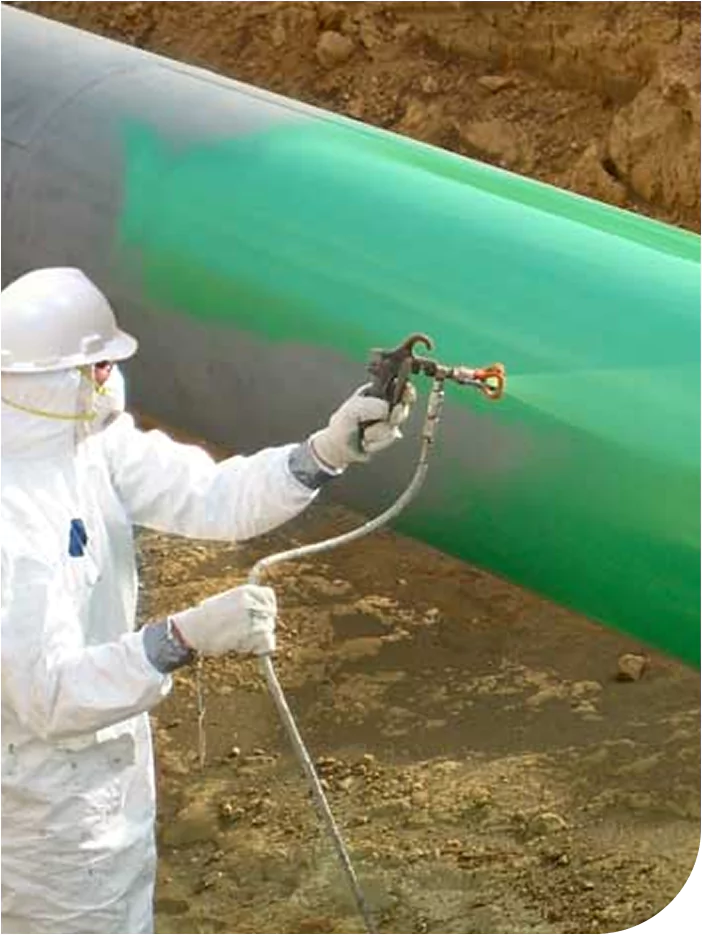
HIGH ABRASION
RESISTANCE
In a highly abrasive environment, polyureas perform remarkably well. In applications once thought to require high-solids epoxies, polyureas are prevailing at every turn. In the rail and barge industry, polyureas are used instead because of their superior elongation and high impact resistance. Epoxies will crack and delaminate when exposed to constant pounding.
The durability and physical properties of polyurea have made it the system of choice for the rapidly expanding truck bed lining industry. Polyurea is sprayed in a uniform texture over the metal bed surface. Plus, thanks to application equipment innovations, non-professional sprayers, and retail applications can quickly turnover multiple trucks in an afternoon. Polyurea has proven its unmistakable advantages over polyurethane liners.
The durability and physical properties of polyurea have made it the system of choice for the rapidly expanding truck bed lining industry. Polyurea is sprayed in a uniform texture over the metal bed surface. Plus, thanks to application equipment innovations, non-professional sprayers, and retail applications can quickly turnover multiple trucks in an afternoon. Polyurea has proven its unmistakable advantages over polyurethane liners.
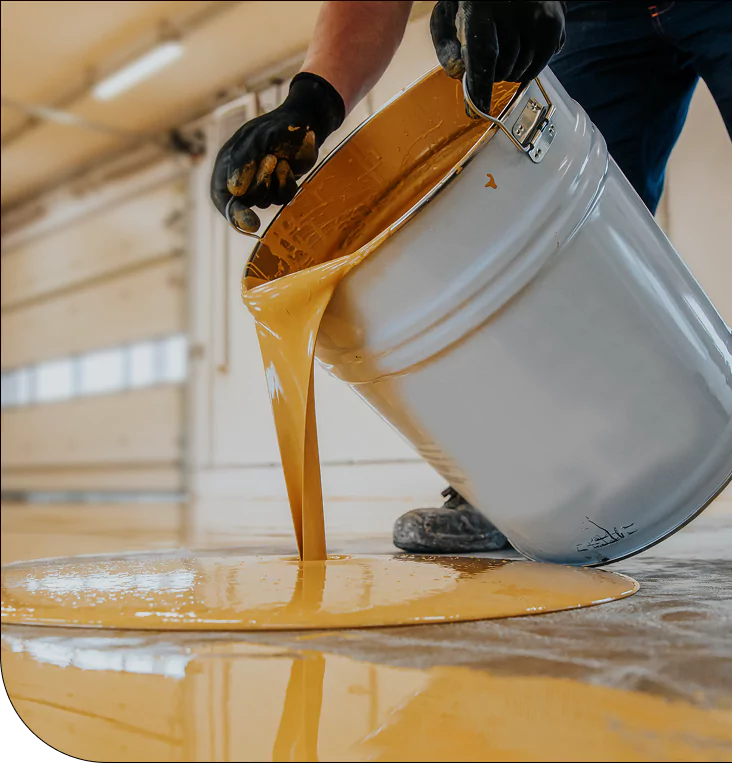
HEAT AND FIRE RESISTANCE
When it comes to heat protection and fire retardance, polyureas have the advantage over comparably formulated polyurethane. Because of its formulation, structural/rigid polyureas have superior resistance to heat distortion and sagging. At the same time, polyurea maintains its flexibility and high impact resistance. This is not the case for molded structural polyurethane components that are in constant proximity to heat. Polyurethanes tend to sag. Polyureas resist heat sag and maintain their form.
And when the heat is on, like in the case of fire, polyureas will consistently outperform most other polymer resins. The resulting low smoke and flame spread is due to polyureas’ molecular composition. Exposed to constant flame for 20-30 seconds, polyurea will self-extinguish
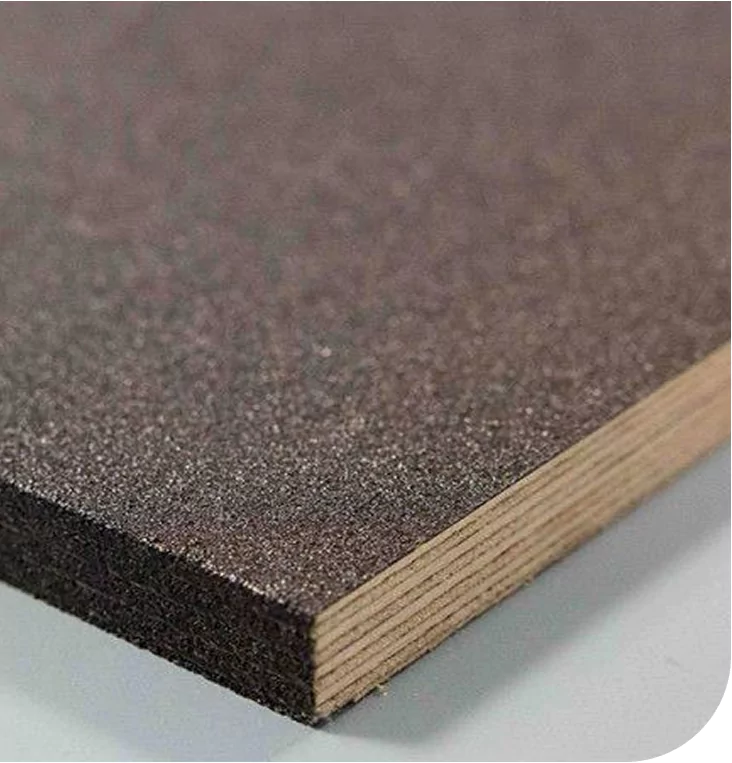
LONG-TERM STABILITY
Many polyureas are based on aliphatic isocyanate prepolymers that are extremely weather-resistant and color stable. Products based on aromatic isocyanate prepolymers are not color durable and tend to chalk or darken in color with extended exposure. For a long time, aromatic polyurea was the prior version of polyurea promoted to the industry. In the mid-1990s, aliphatic and aliphatic-modified polyureas were produced. These products revolutionized the coatings business. Now, end-users could safely choose a polyurea for applications that would be constantly exposed to sunlight, without fear of discoloration and chalking.
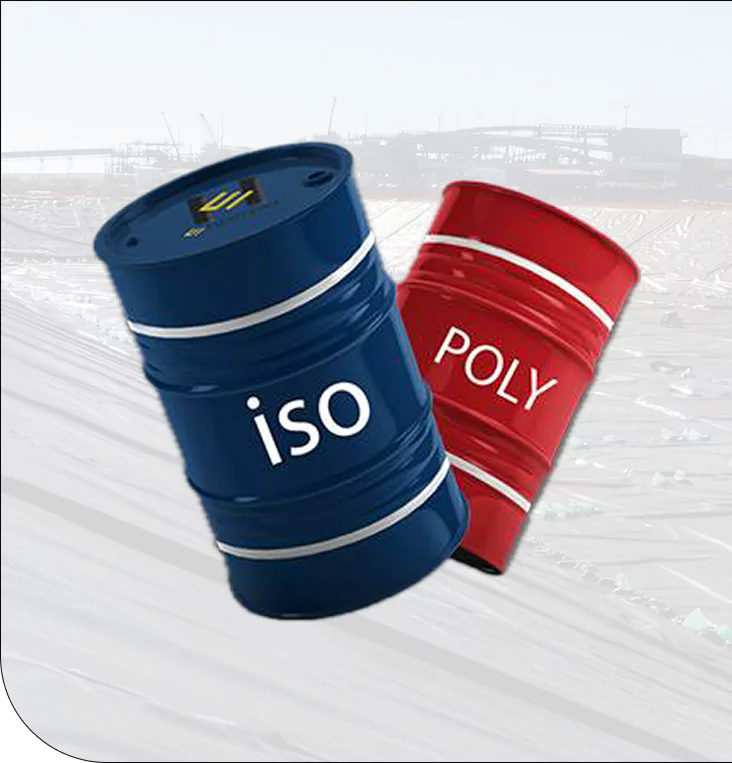
ENVIRONMENTAL PROTECTION
Exposed polyurea is widely used in applications such as concrete or geotextile coatings for secondary containment applications. Polyureas’ fast cure times allow it to be rapidly applied to a prepared substrate with minimal downtime for the facility. This has made polyurea choose facility managers for walls around and floors under chemical storage of diluted acids, alkali, salt solution, organic solvents, and oils. Polyurea provides a strong barrier to spills from reaching the environment. In this type of application, polyurea readily conforms to footings, pipes, and protrusions to form a total seal. An aliphatic polyurethane or epoxy topcoat can be added for aesthetics in environments that are too profoundly corrosive for a standard polyurea.
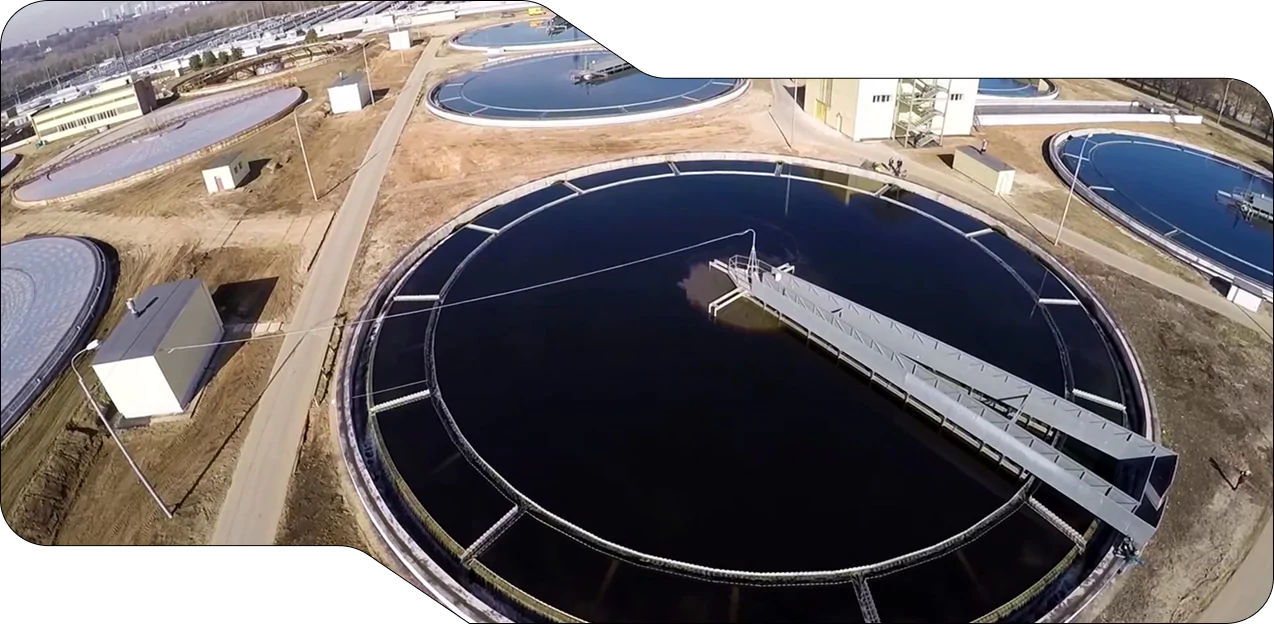
CONCLUSION
In a world of rising environmental awareness, polyurea proves to be an effective and economical choice for governments and businesses for their elastomeric and structural needs. Material improvements in cure times, hardness, and fire retardancy are being made every day. Application equipment and spray tip innovations are being introduced more rapidly than ever to meet the demand for better, more effective means of getting the product sprayed in place. To learn more about protective coatings and how they can help you and your business, contact ArmorThane today!
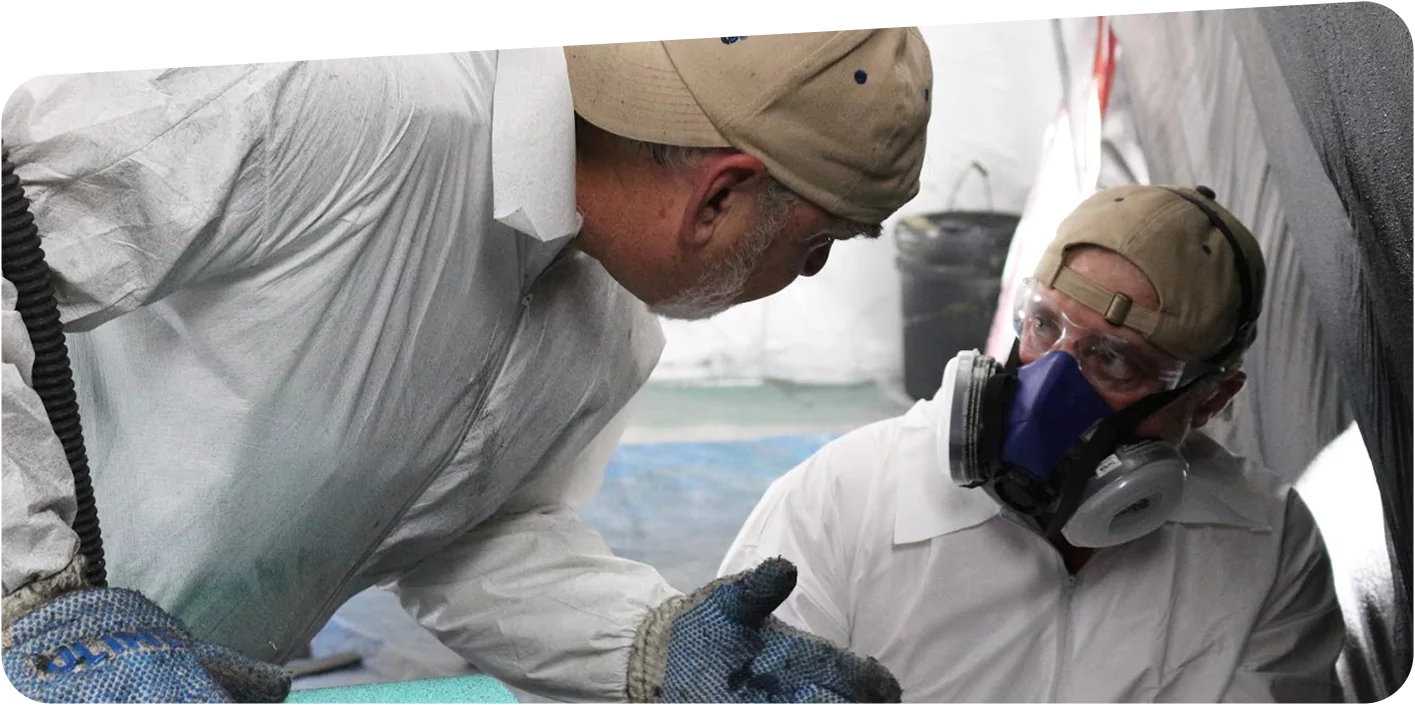
CONTACT US
REQUEST A QUOTE OR
BECOME AN APPLICATOR
ArmorThane has built a strong reputation over the past 30 years for producing high-quality, durable protective coatings.

Phone Number
Tel: 417.831.5090

Email Us
moreinfo@armorthane.com
